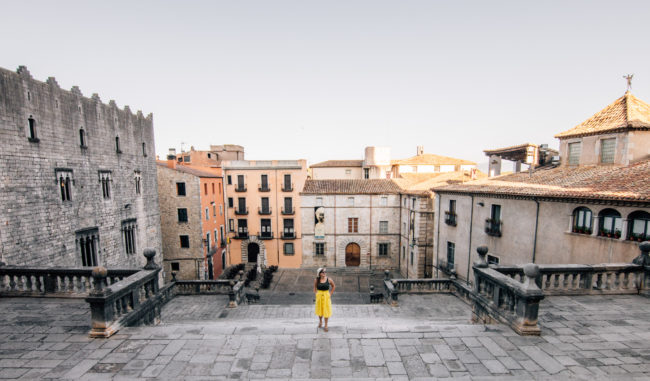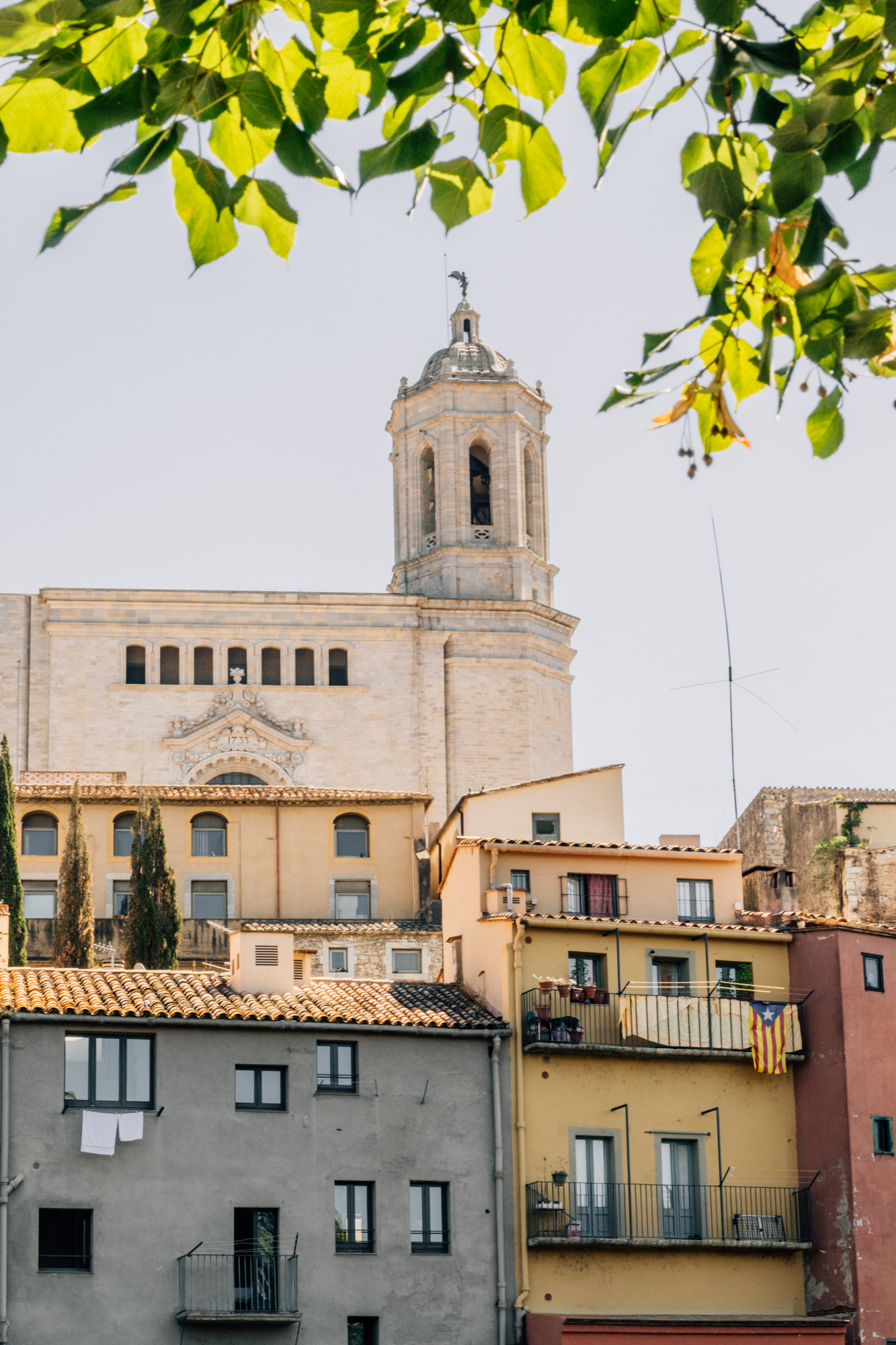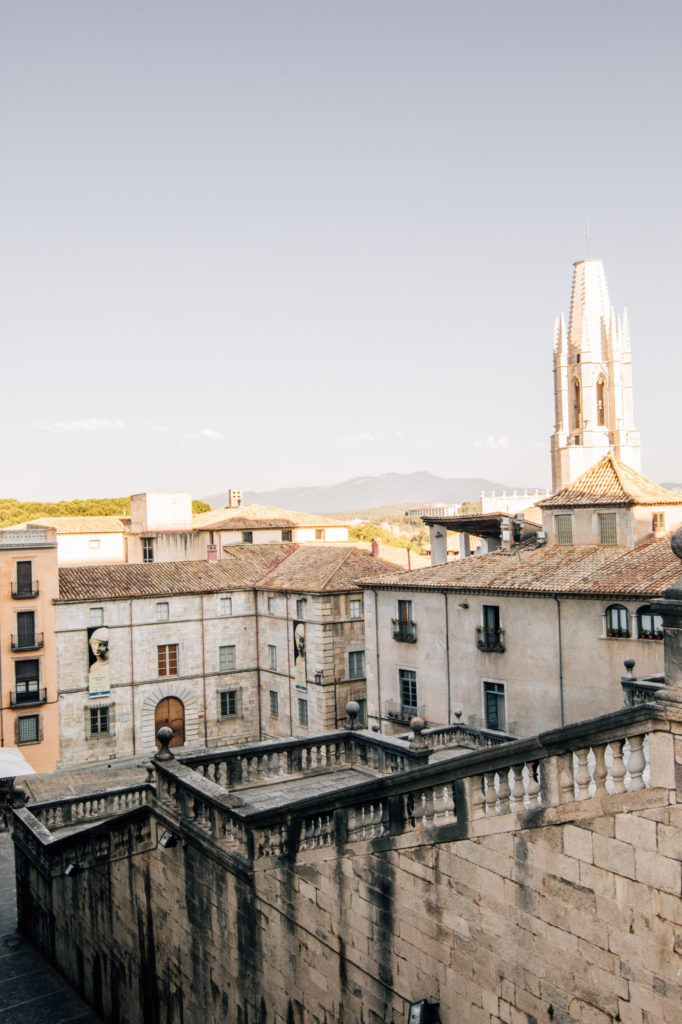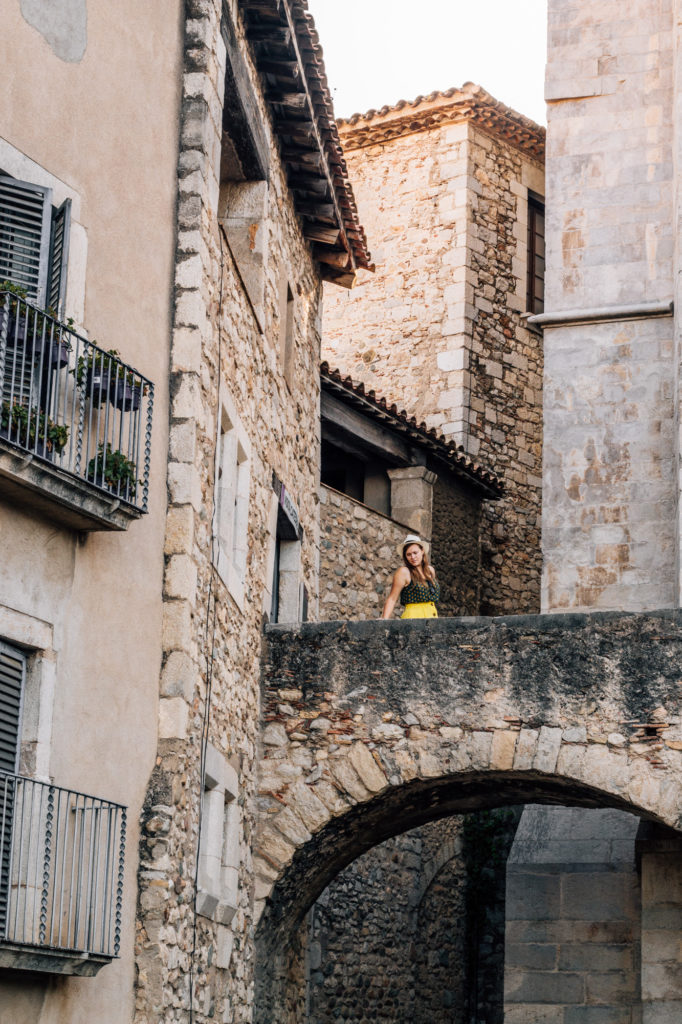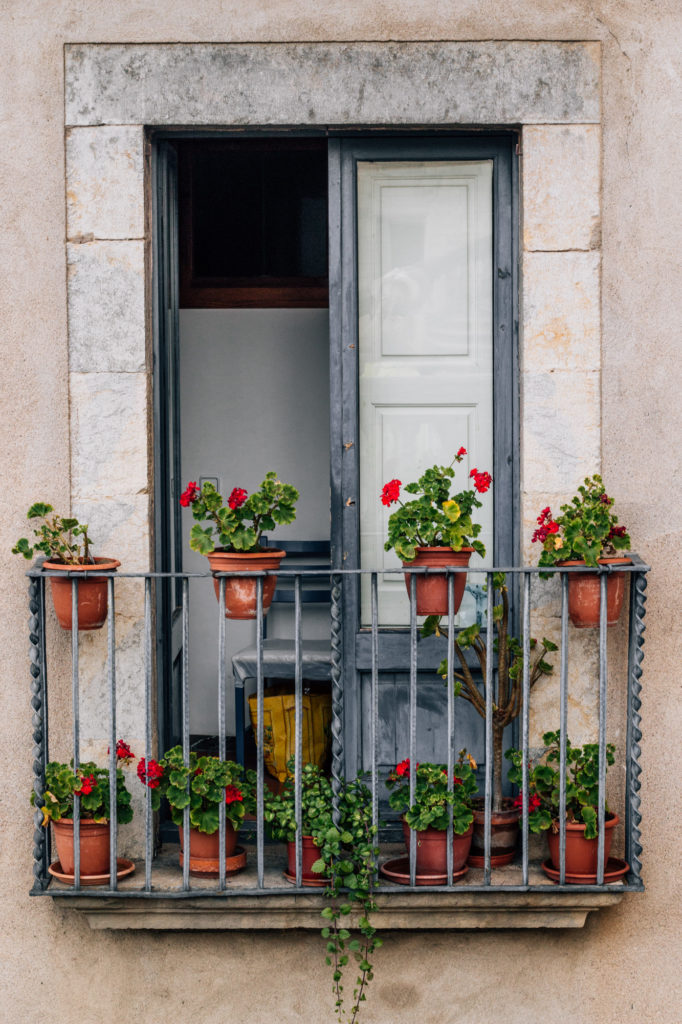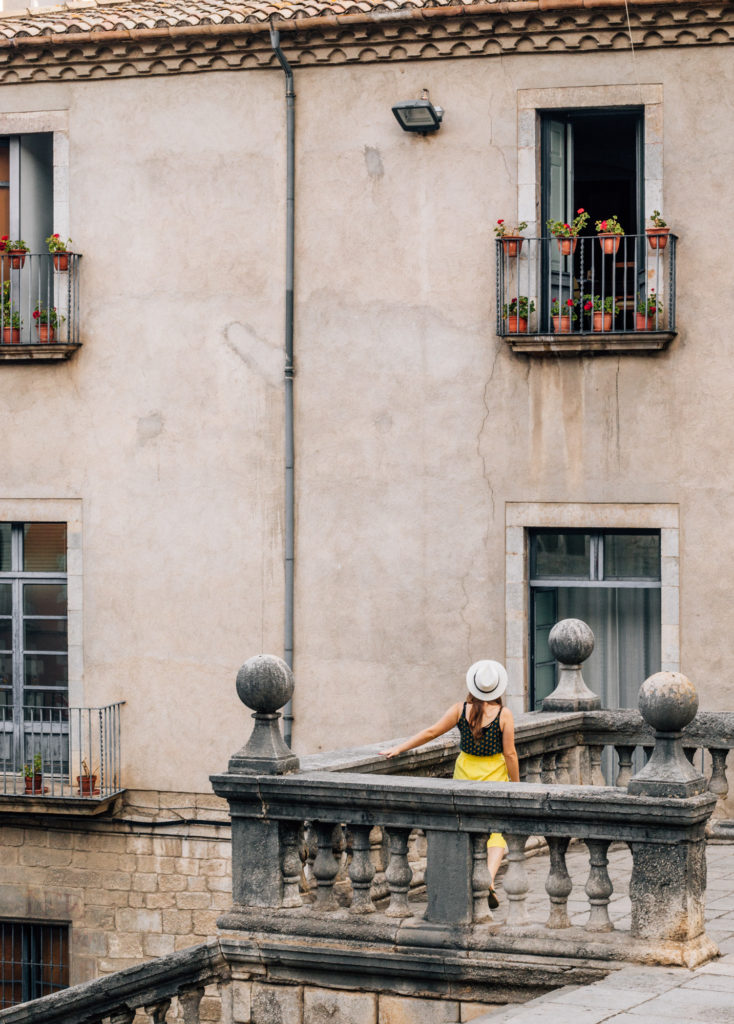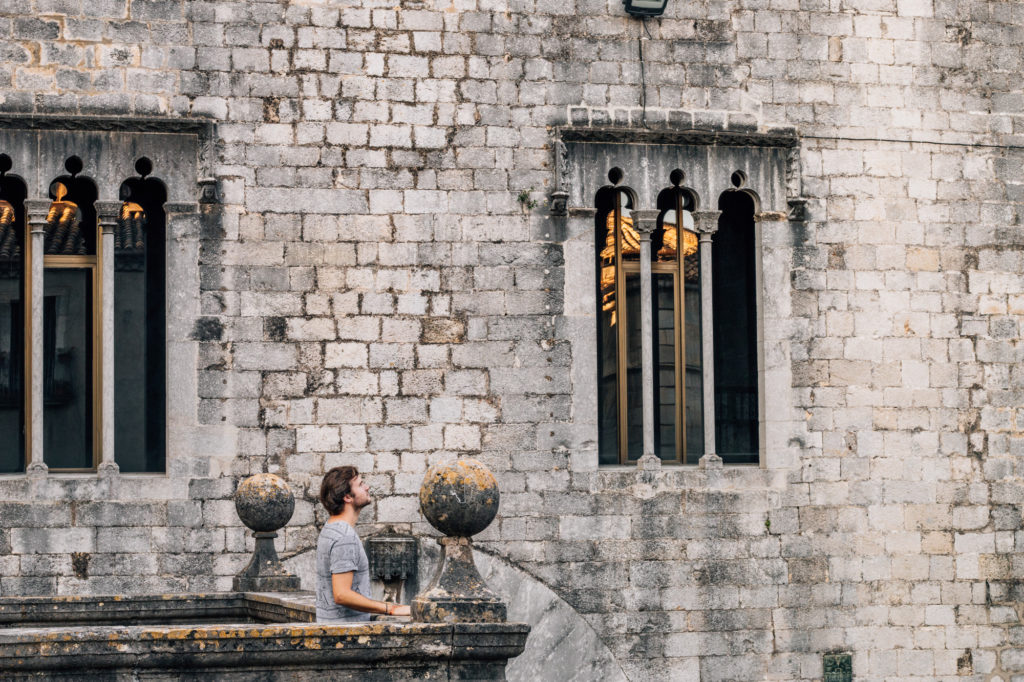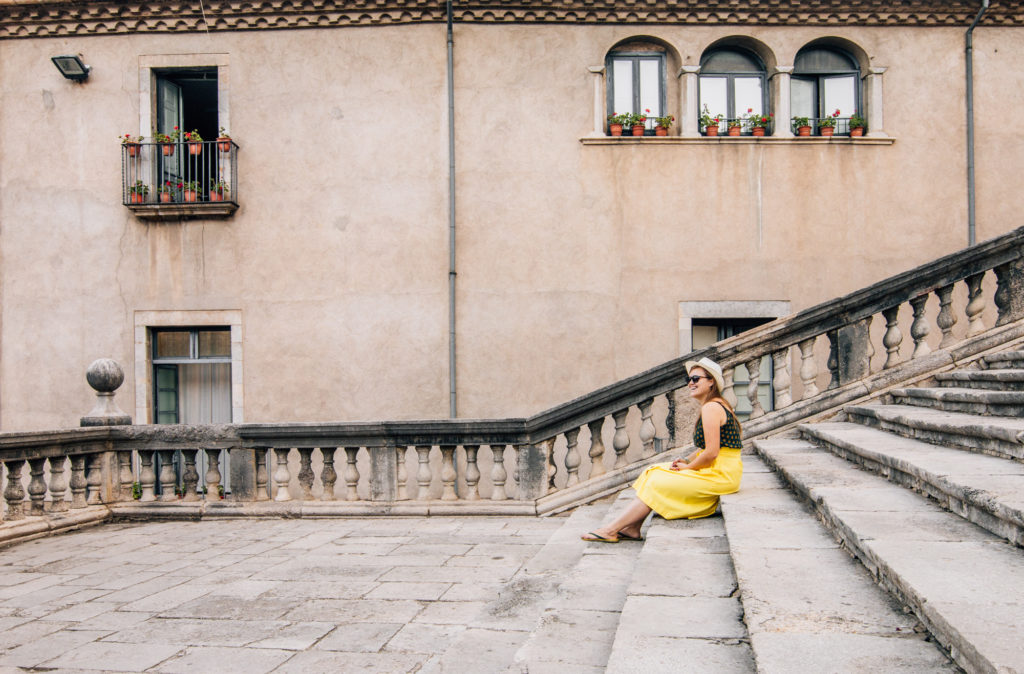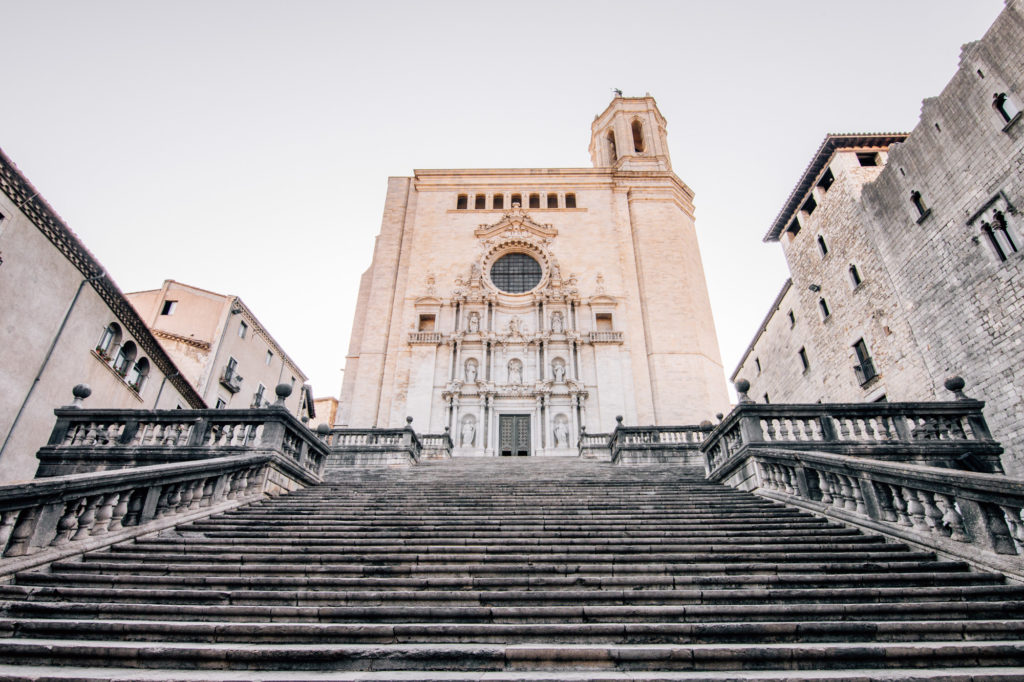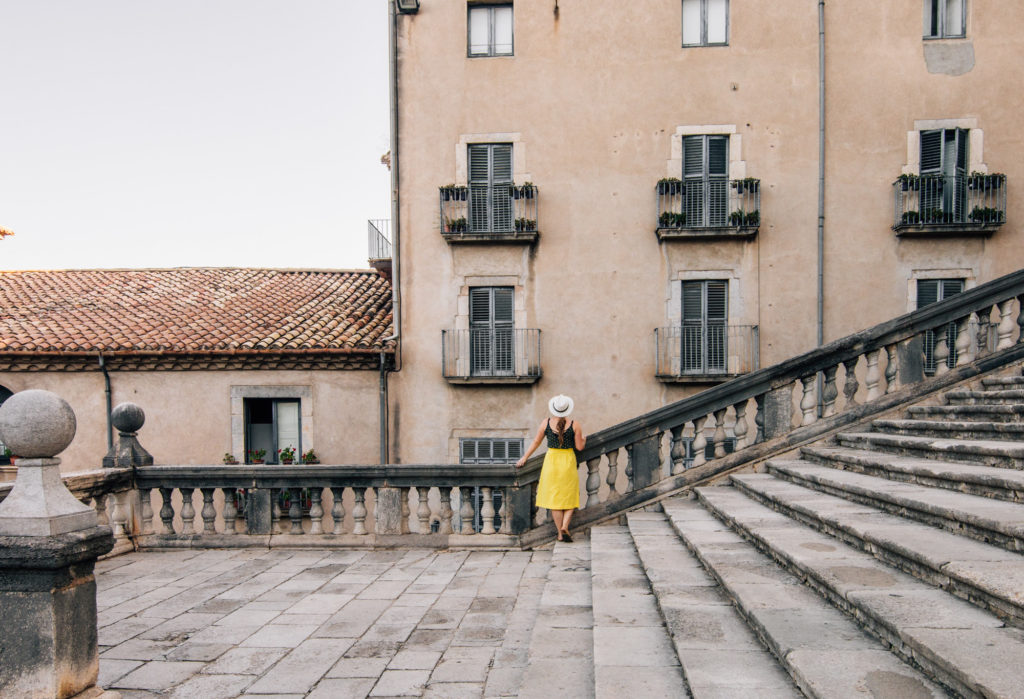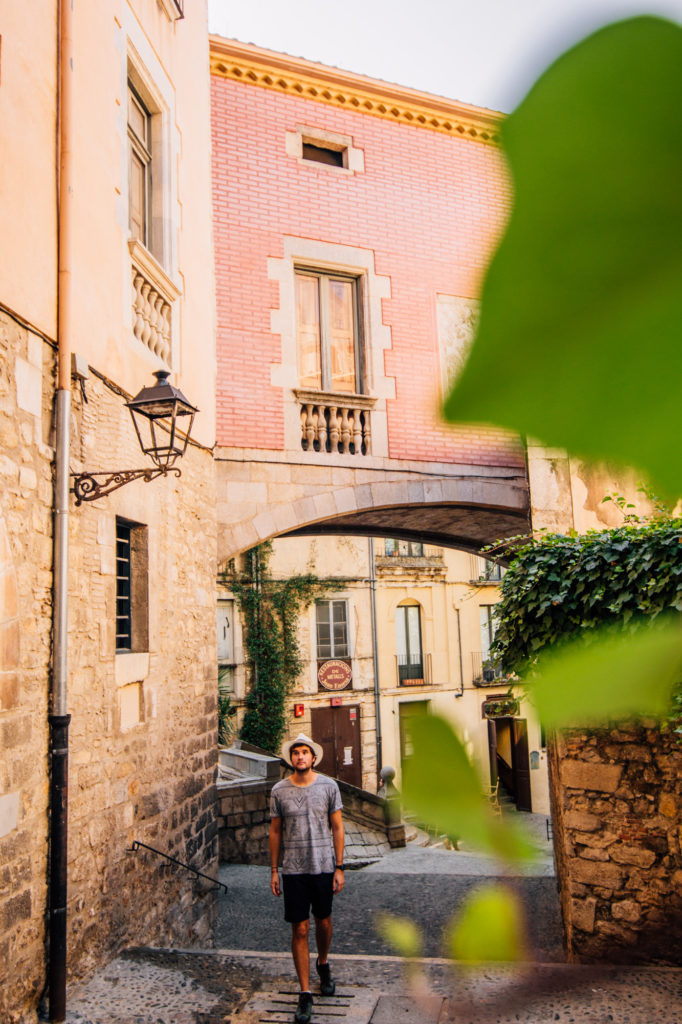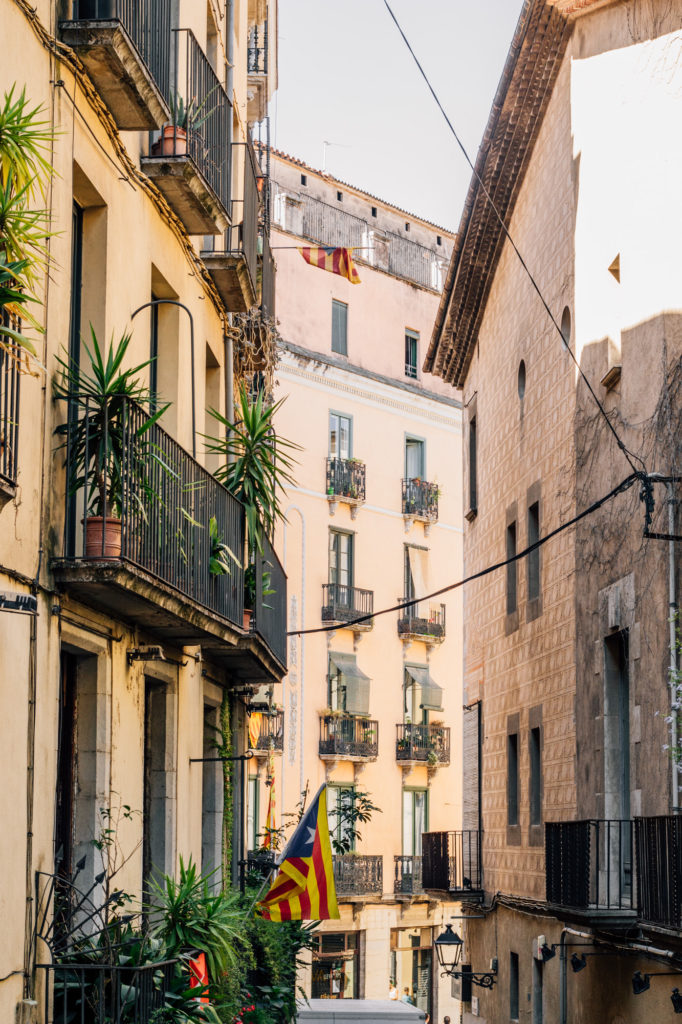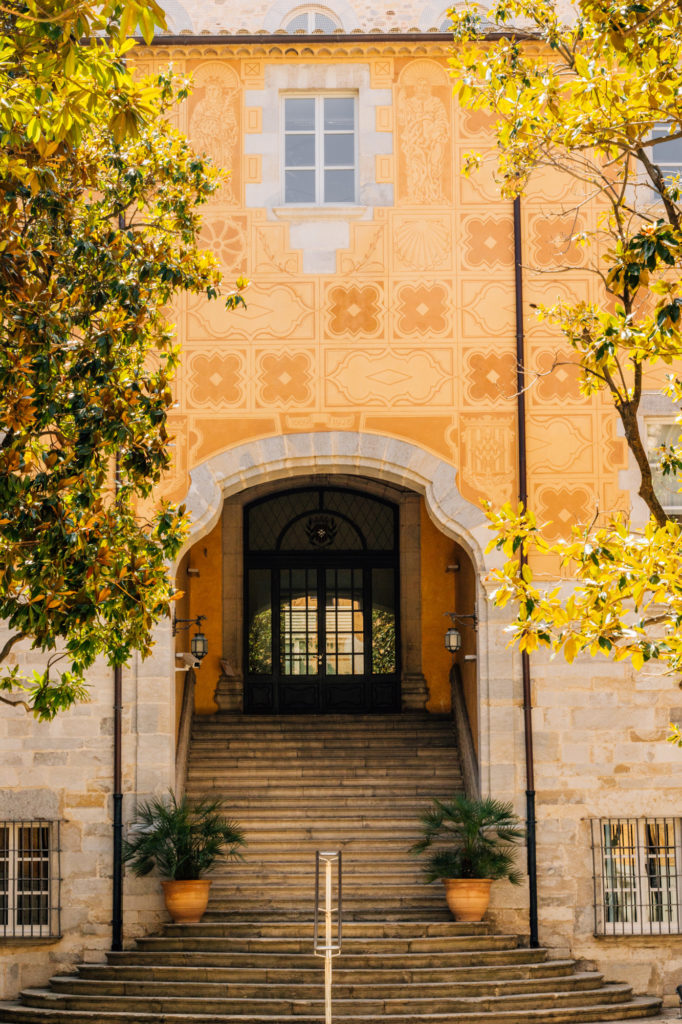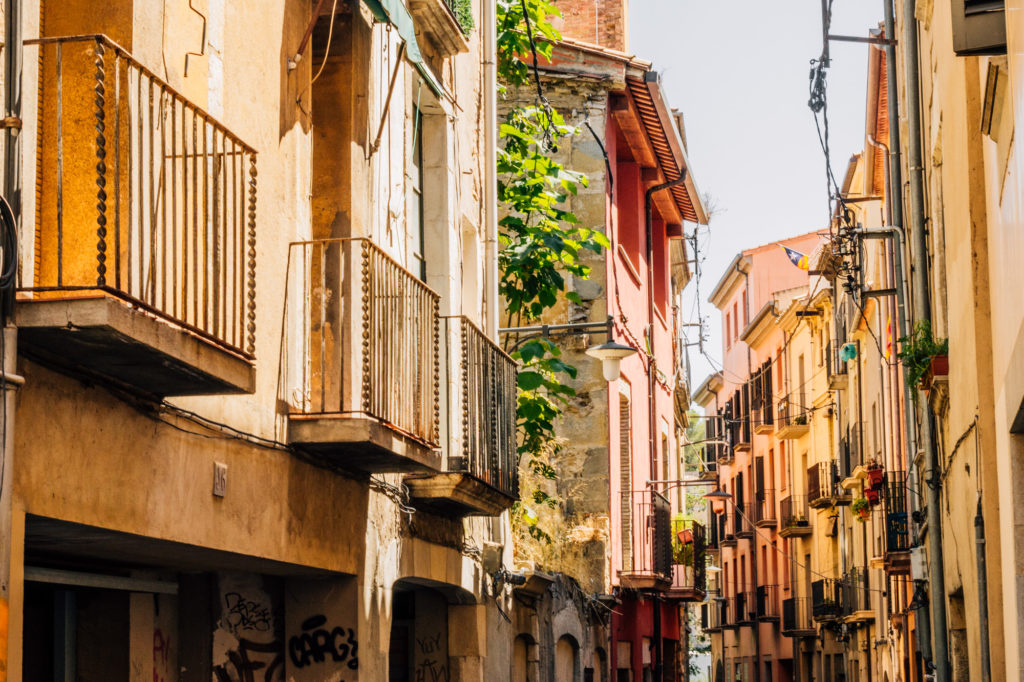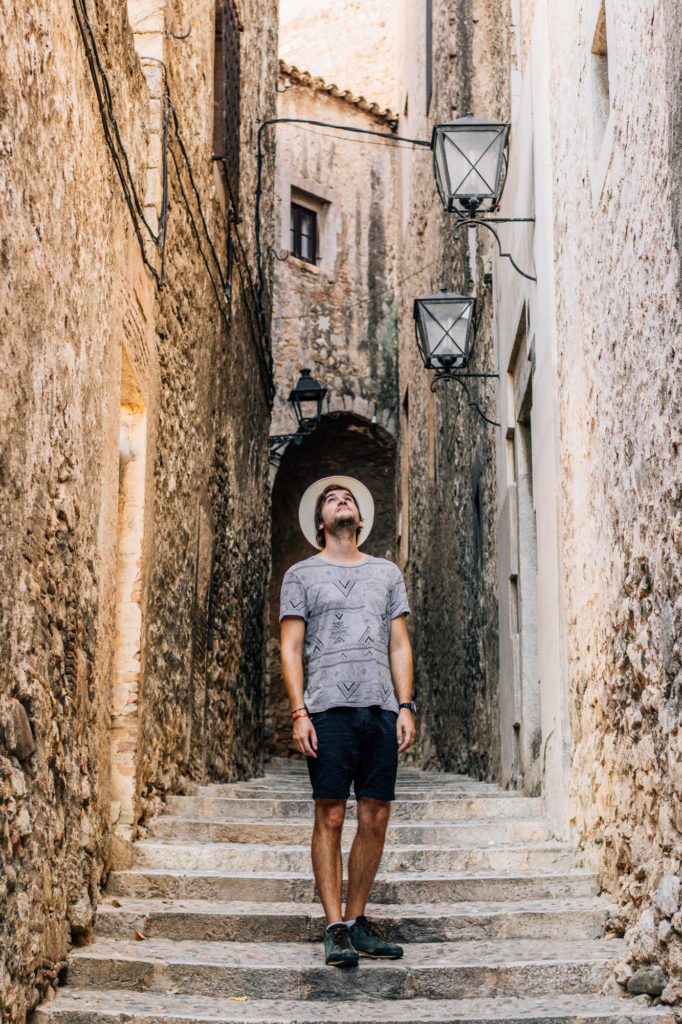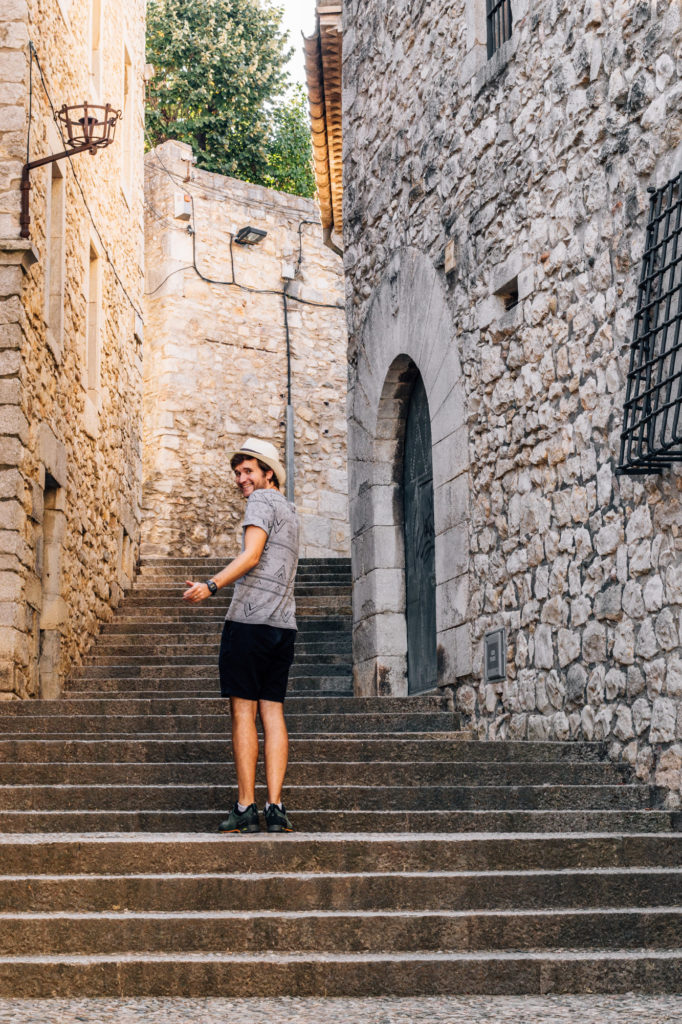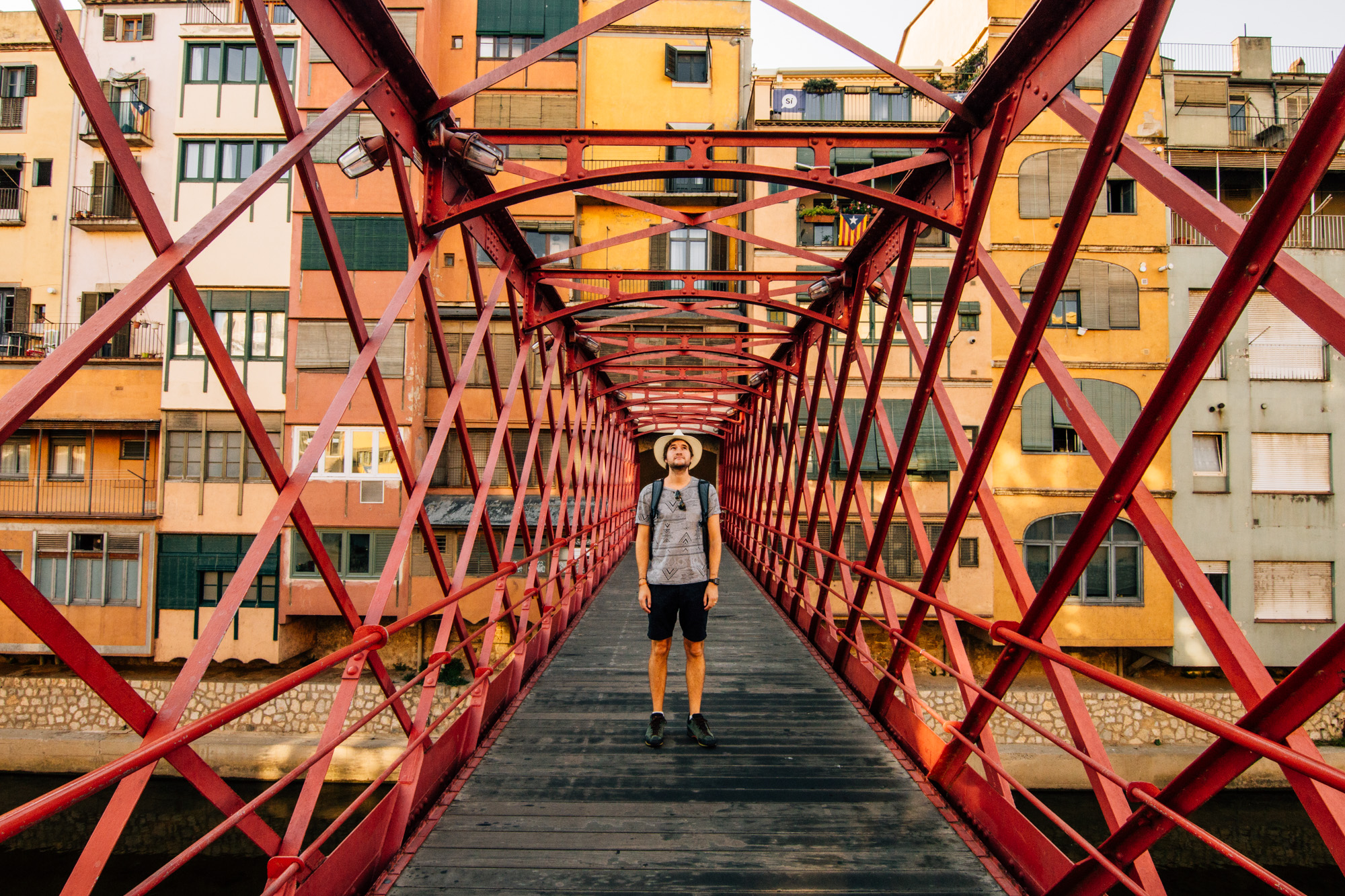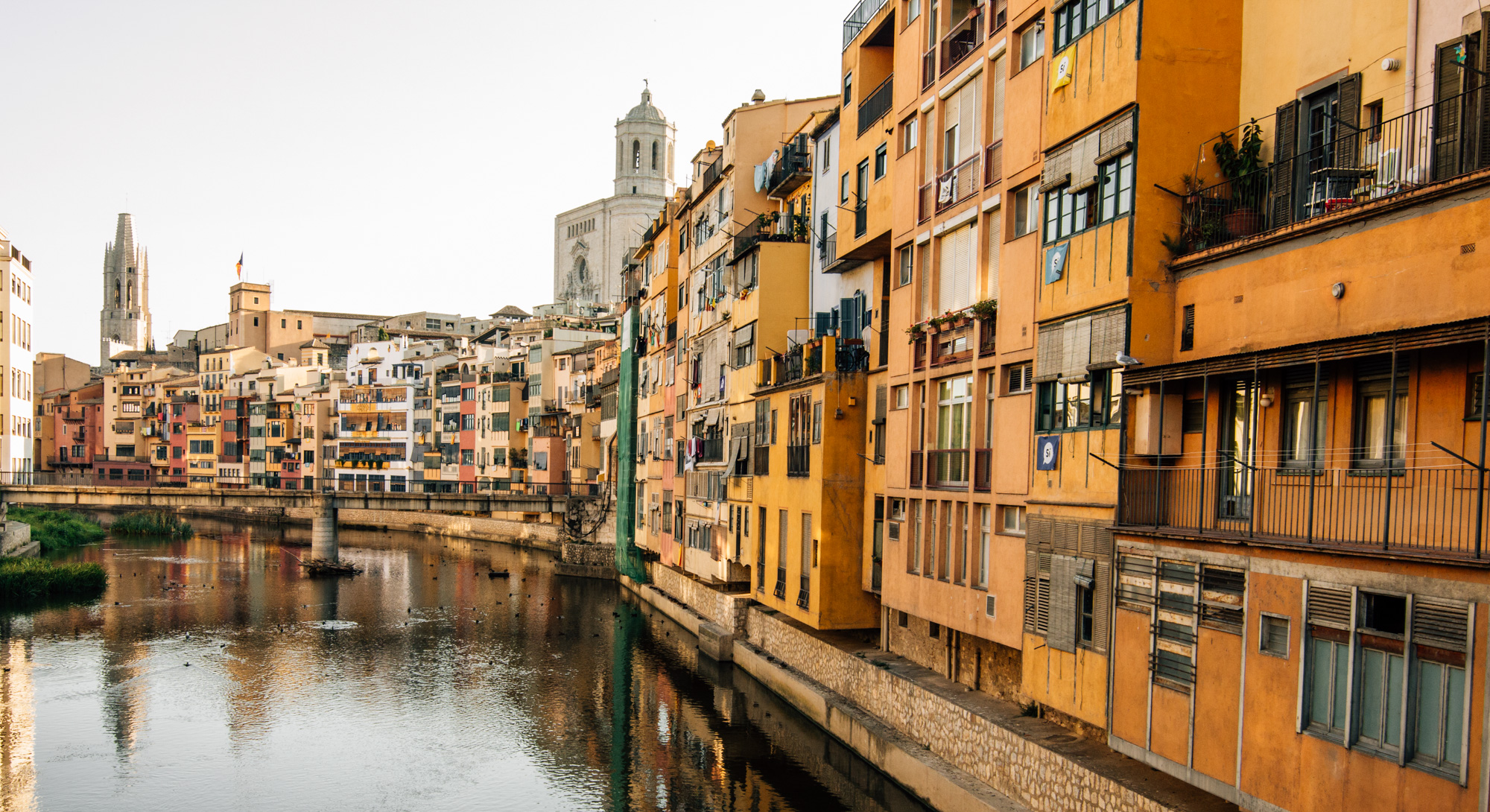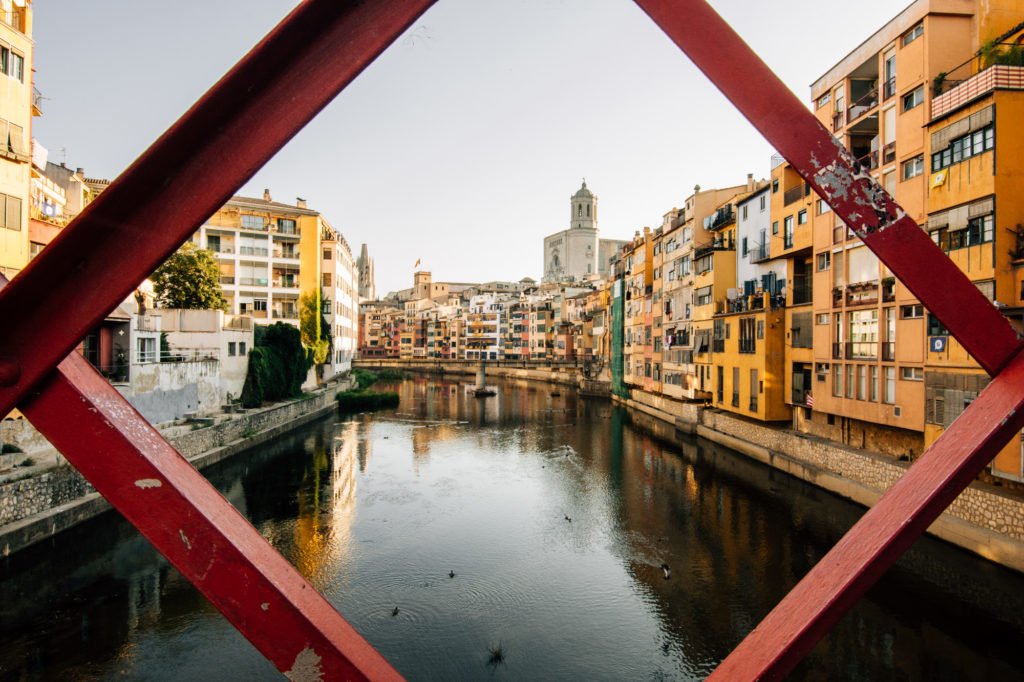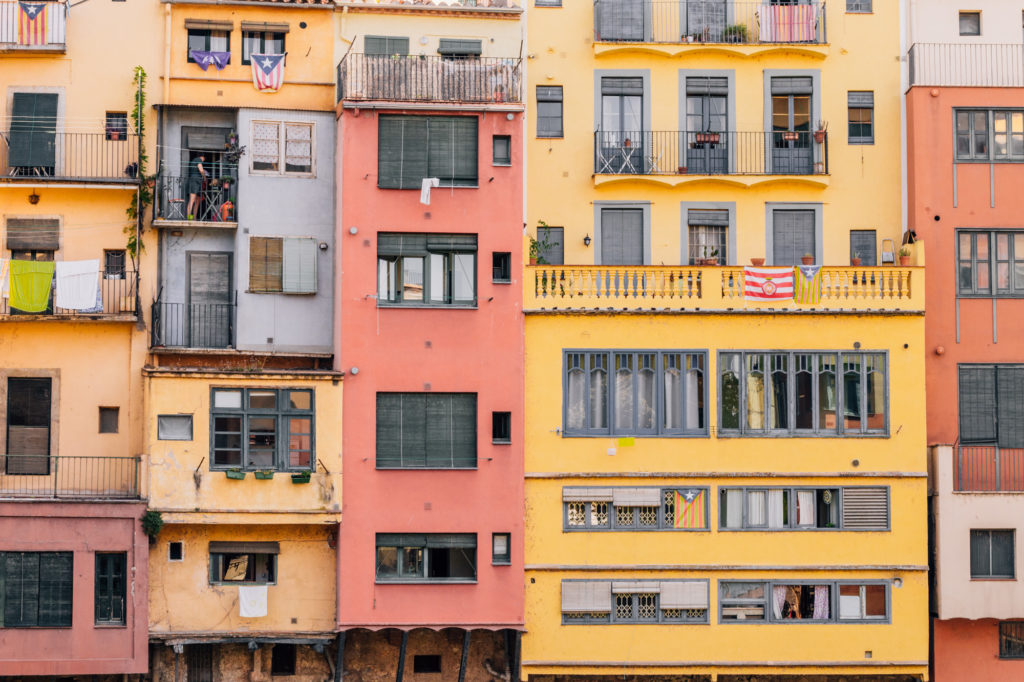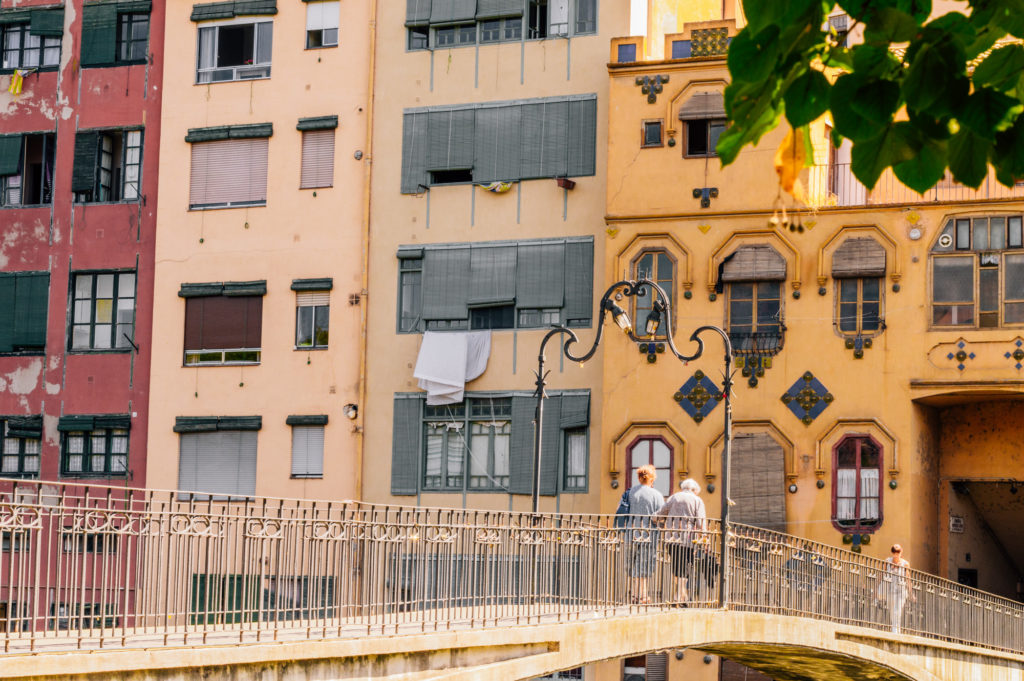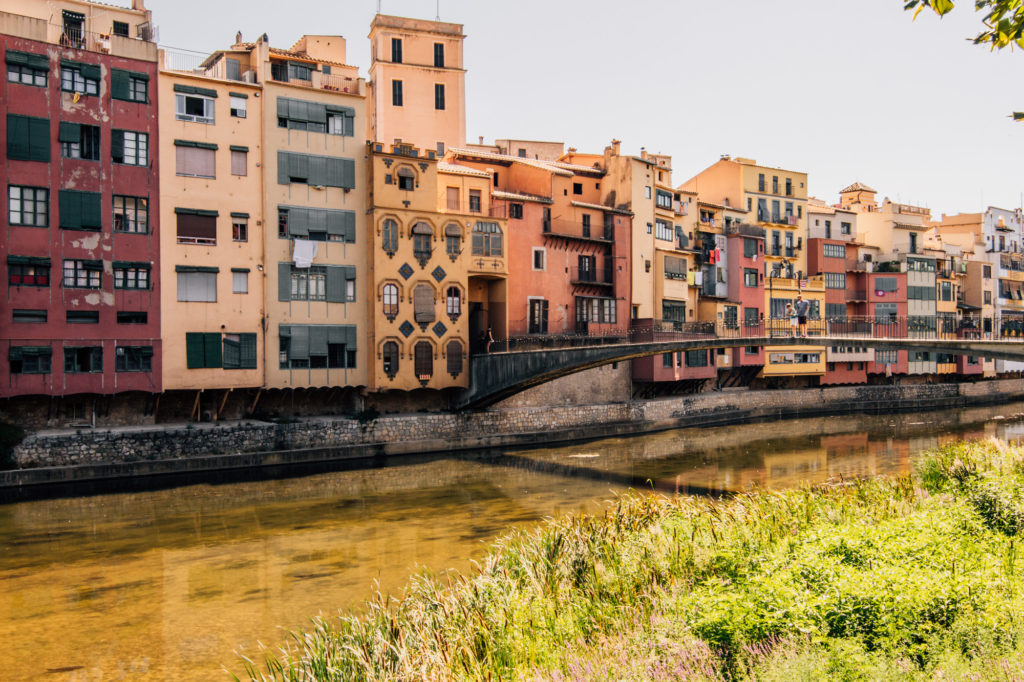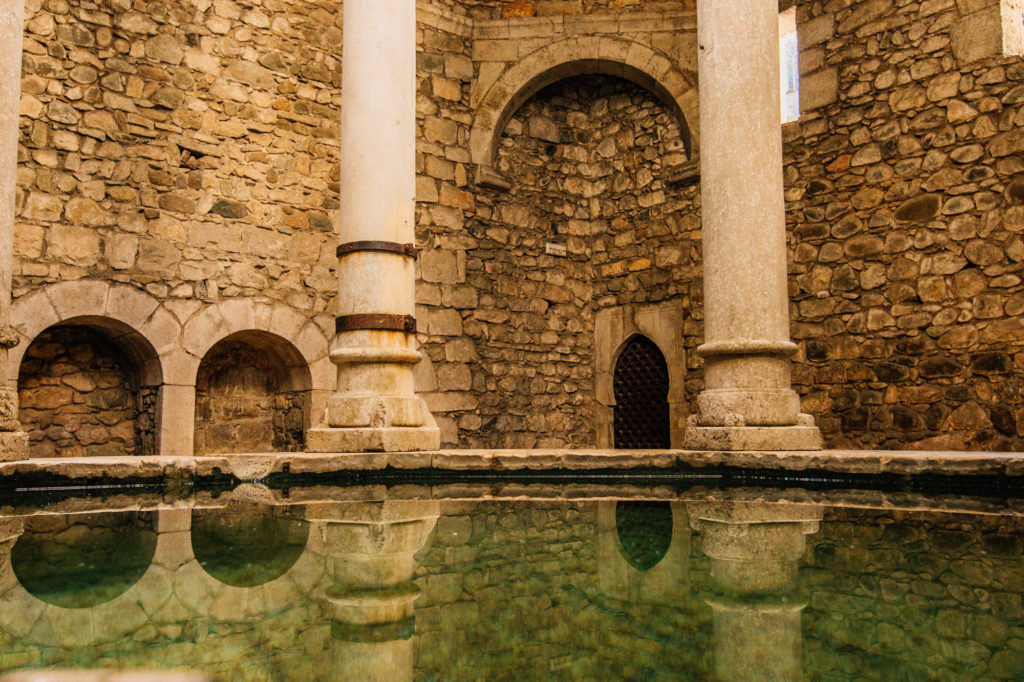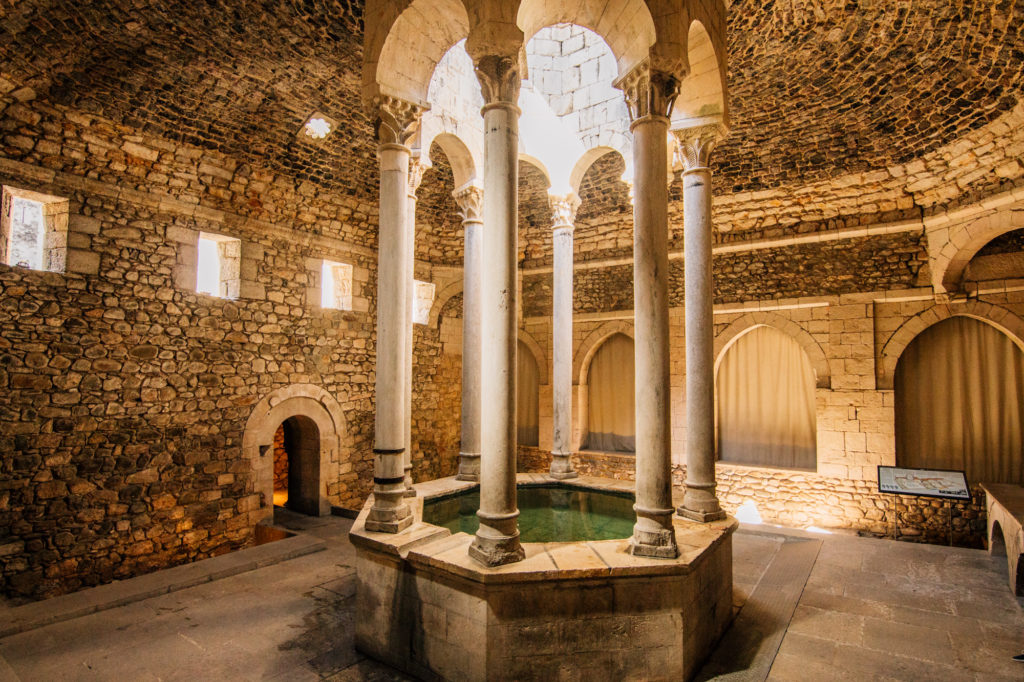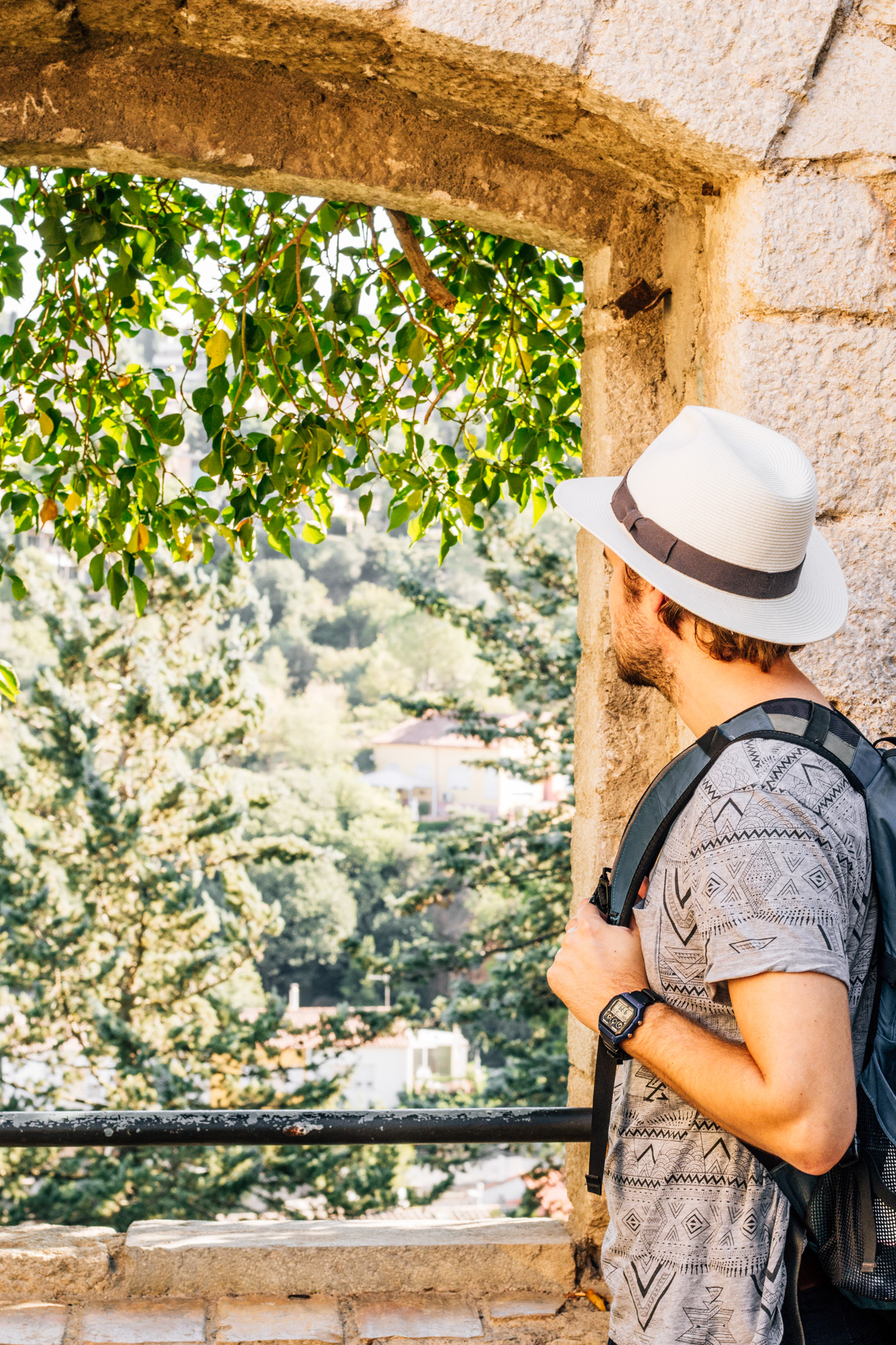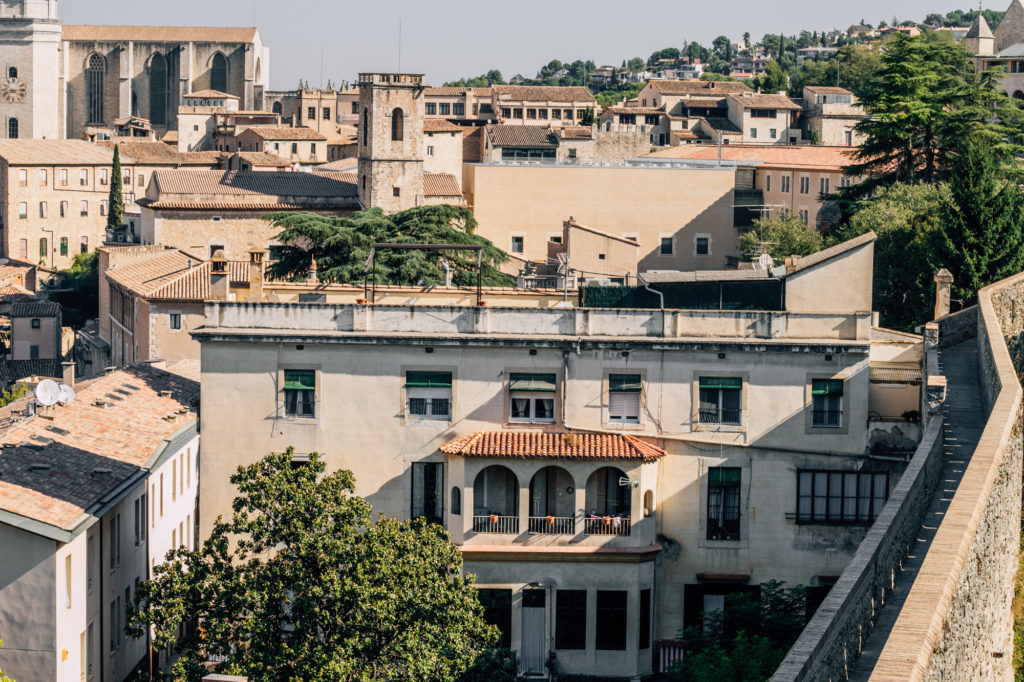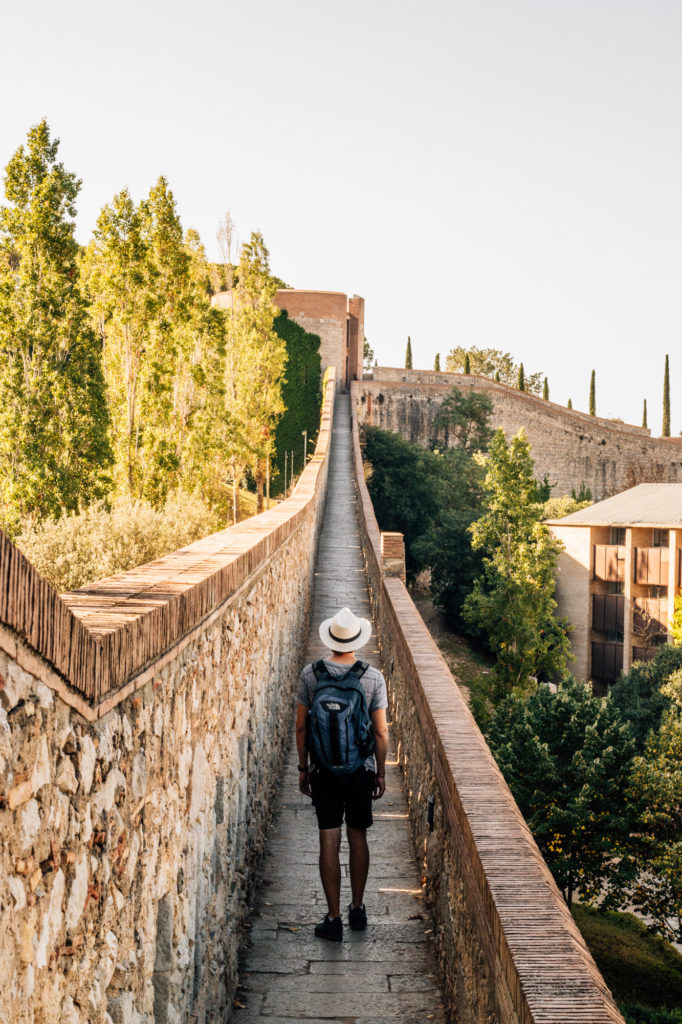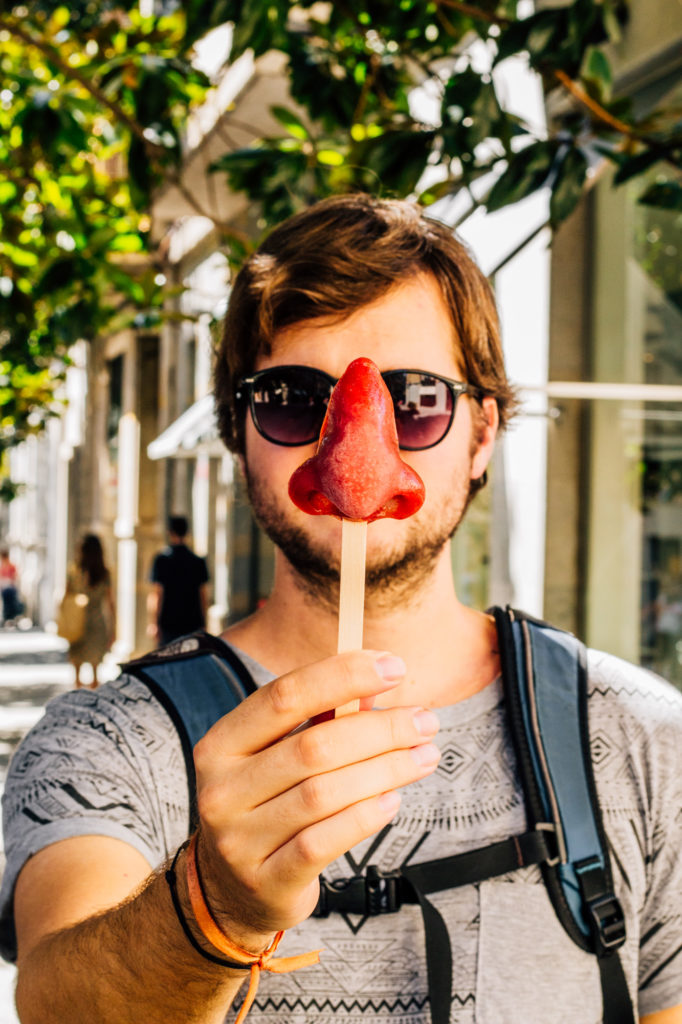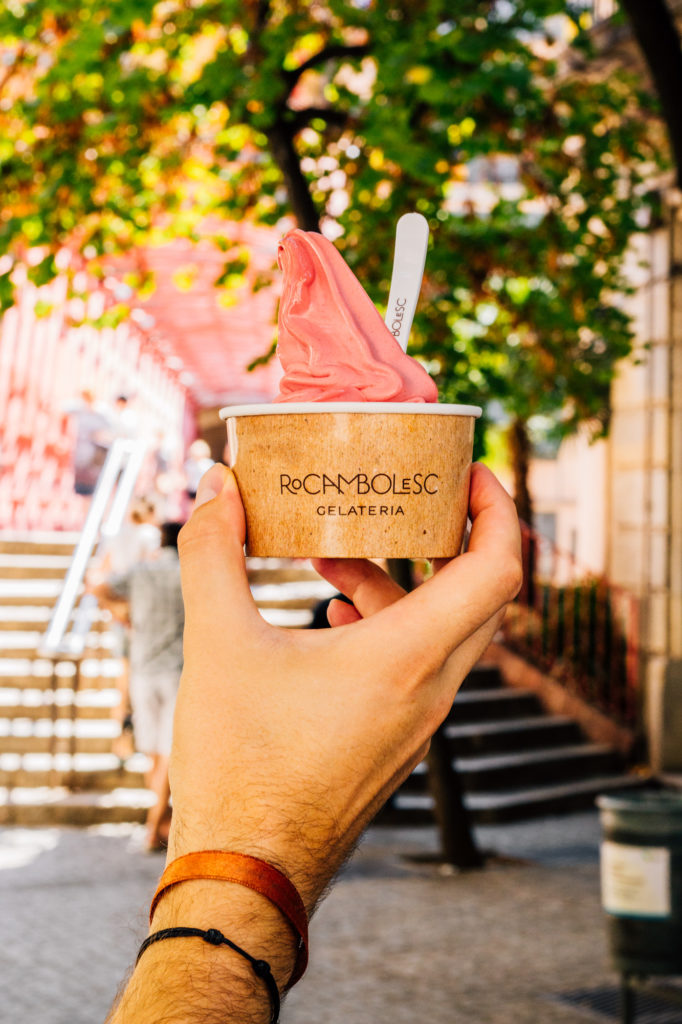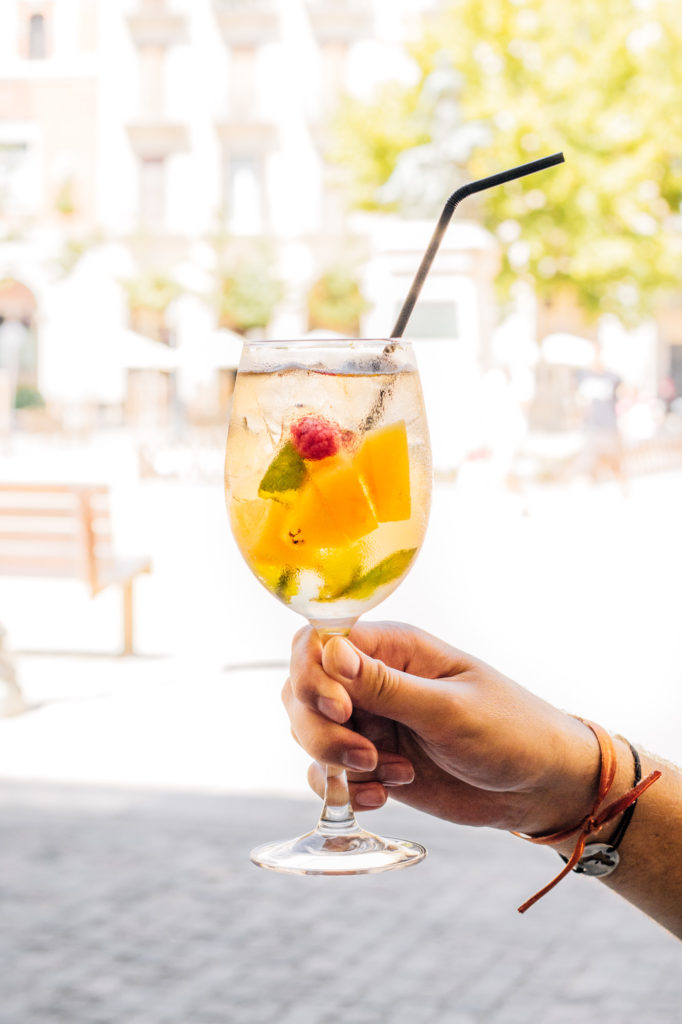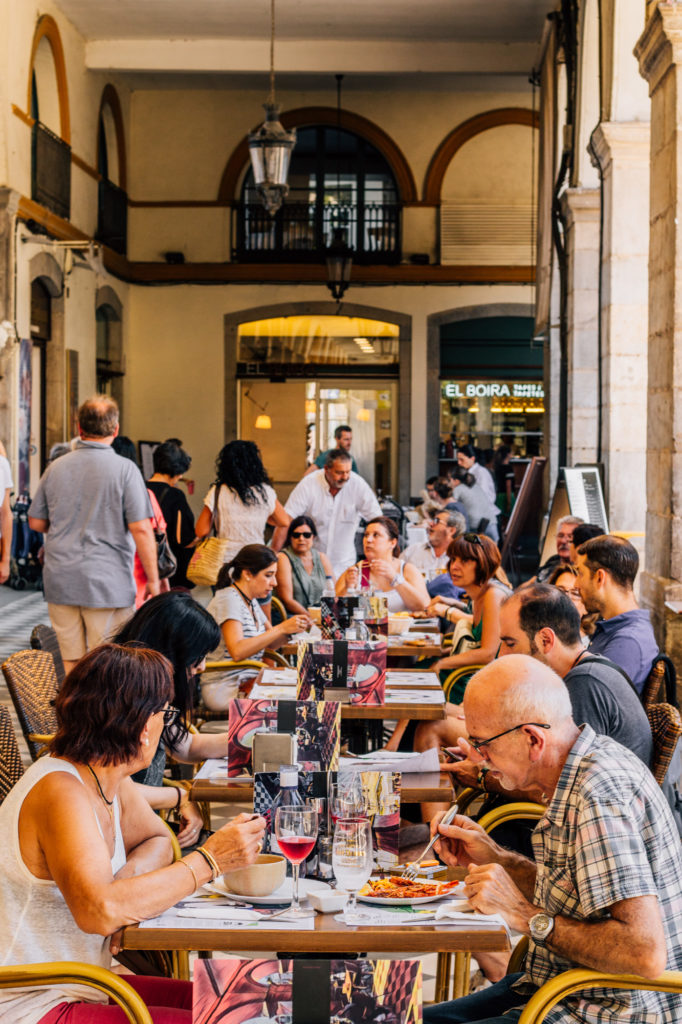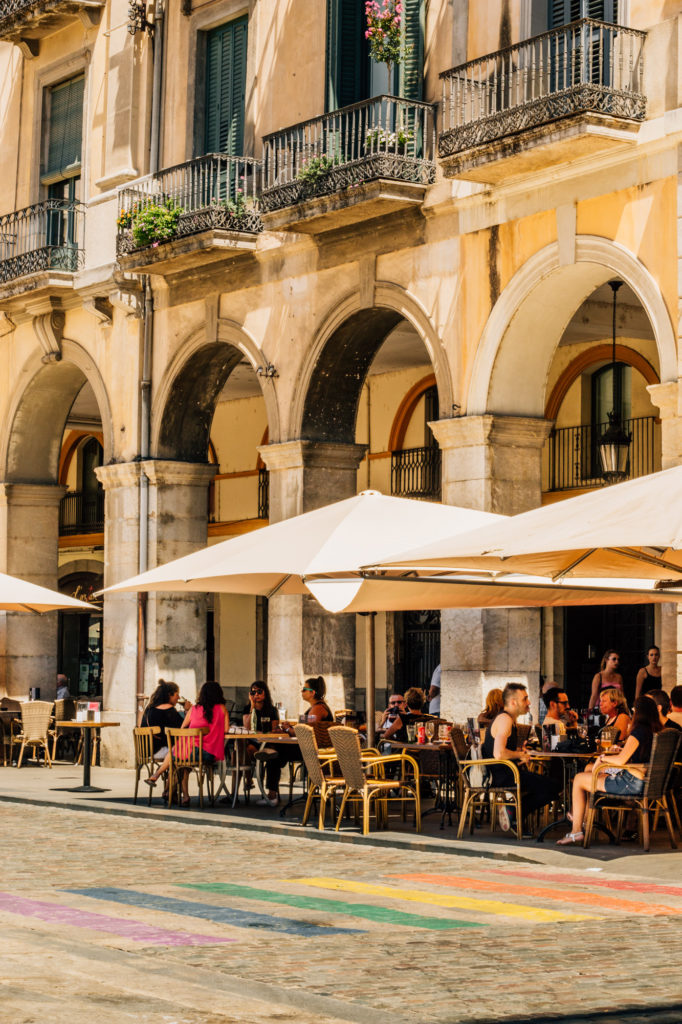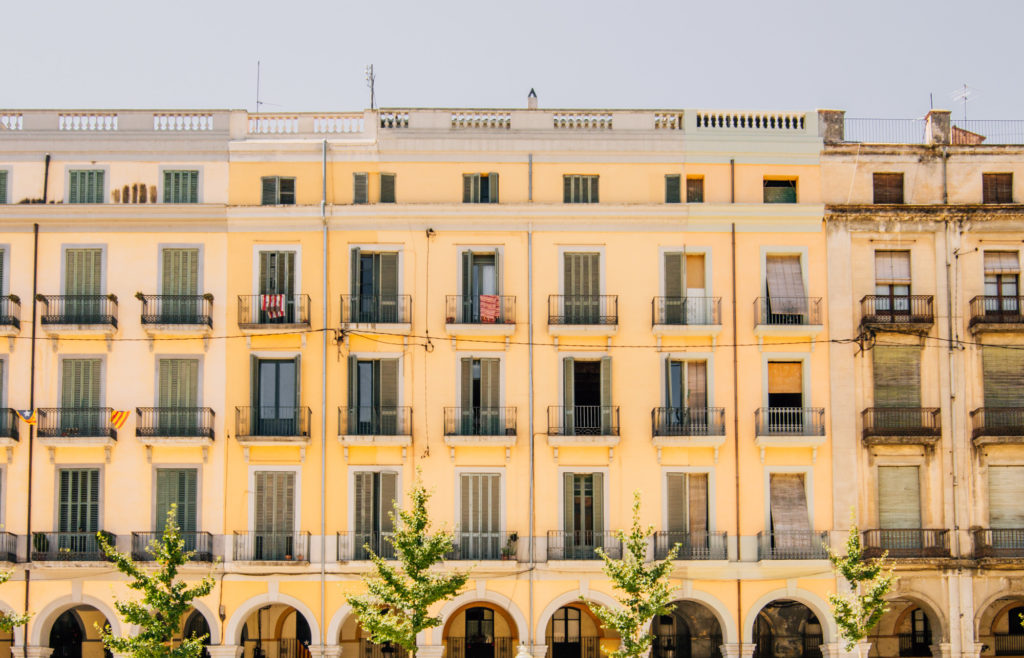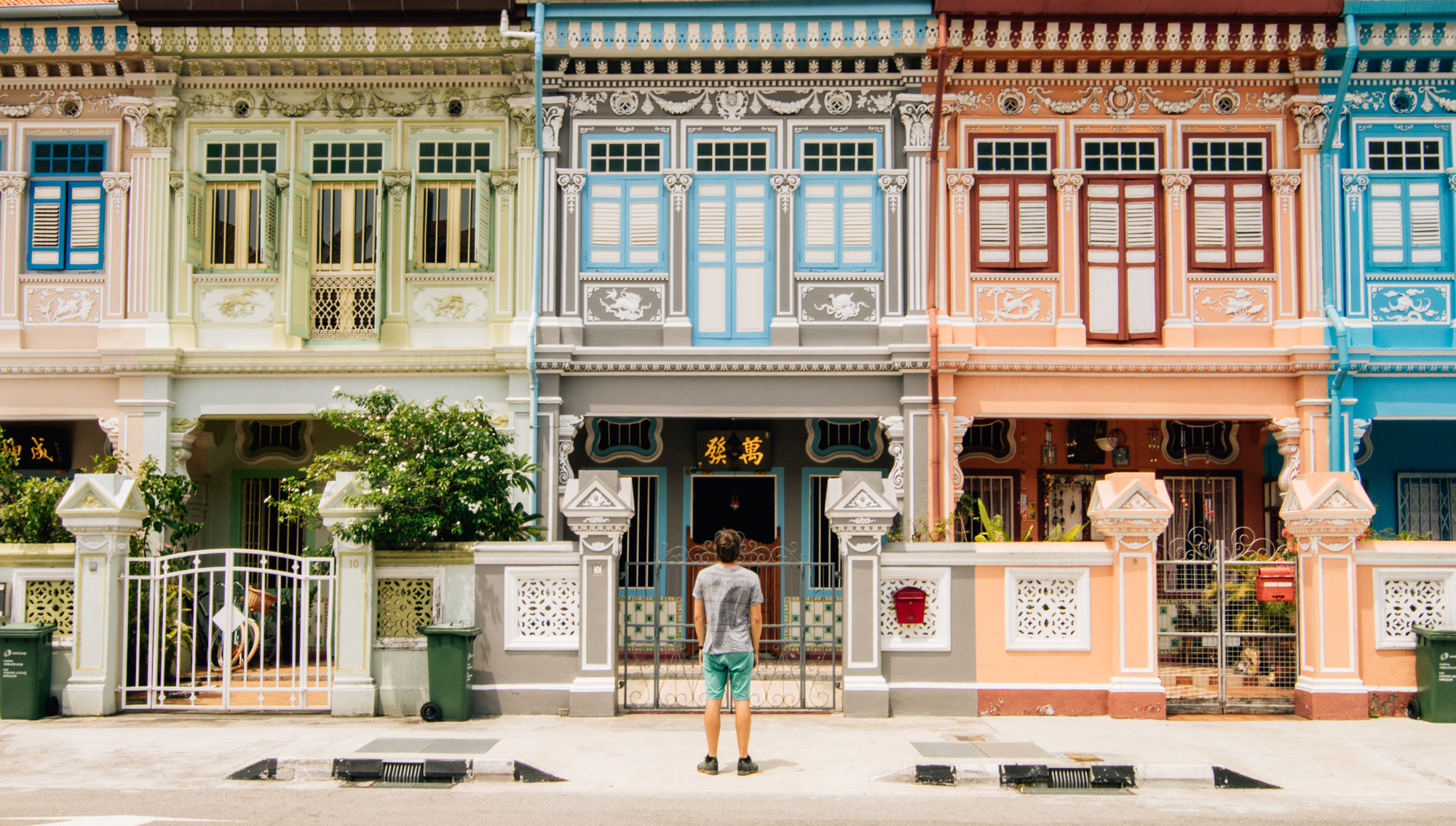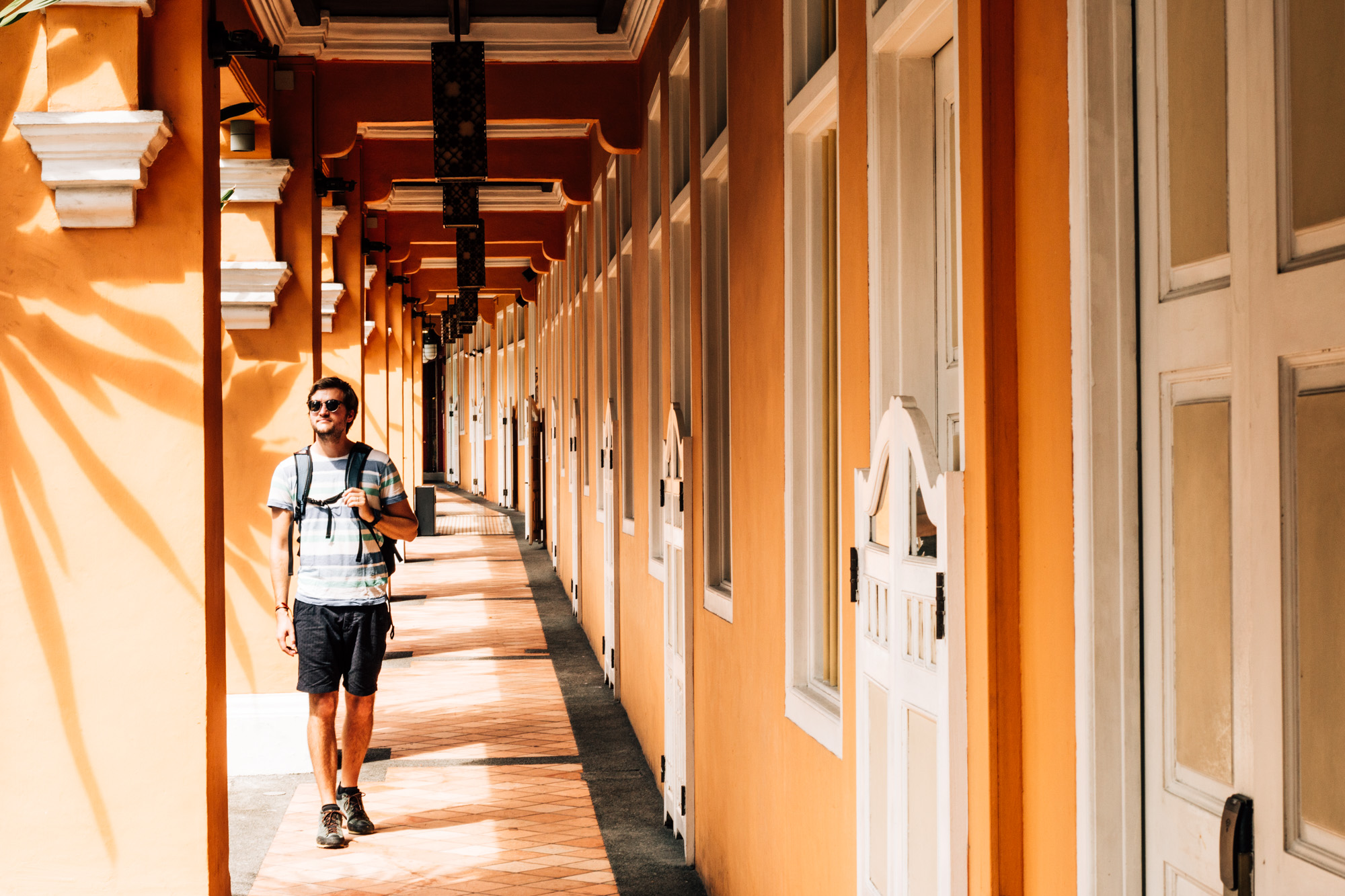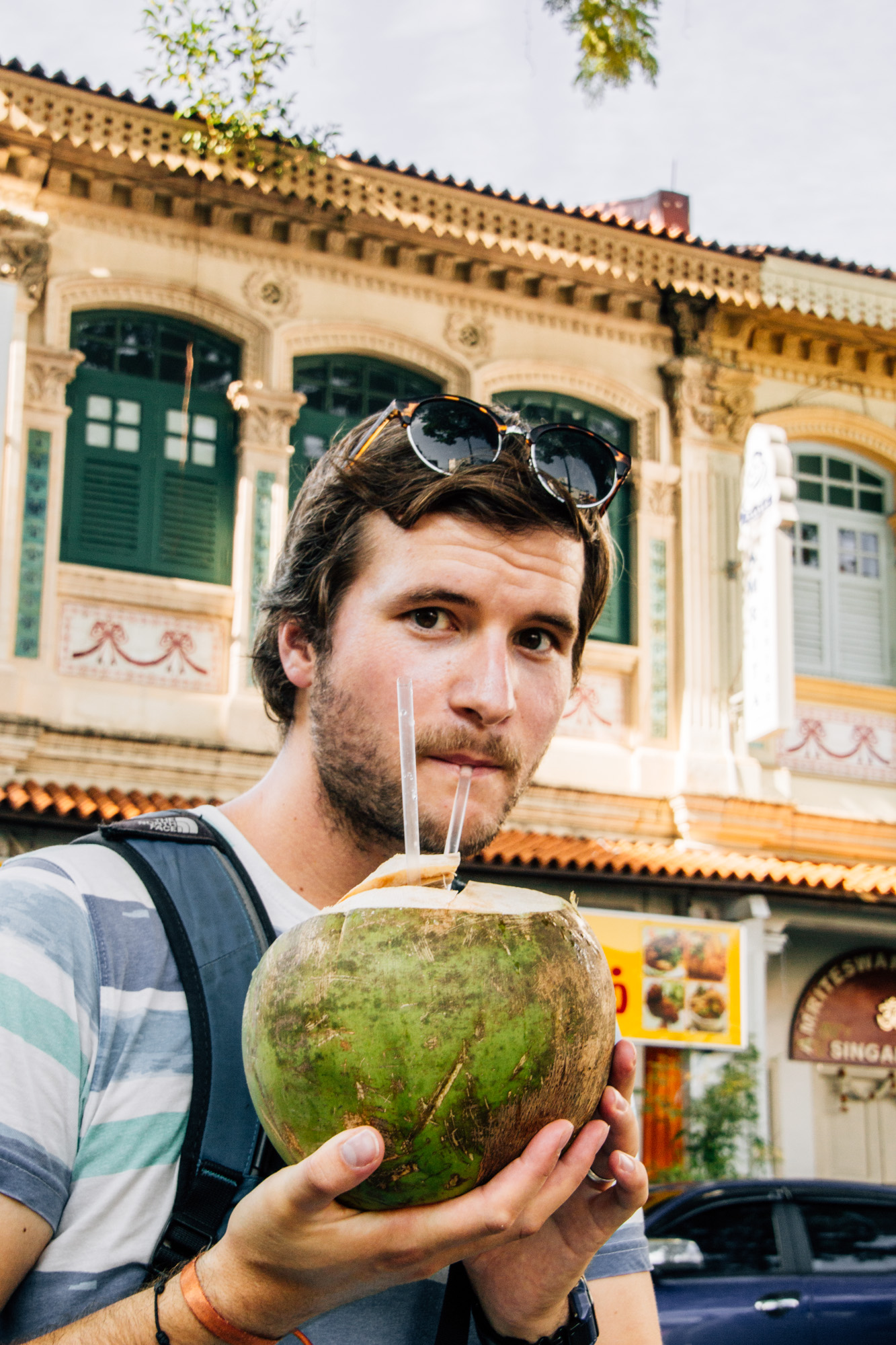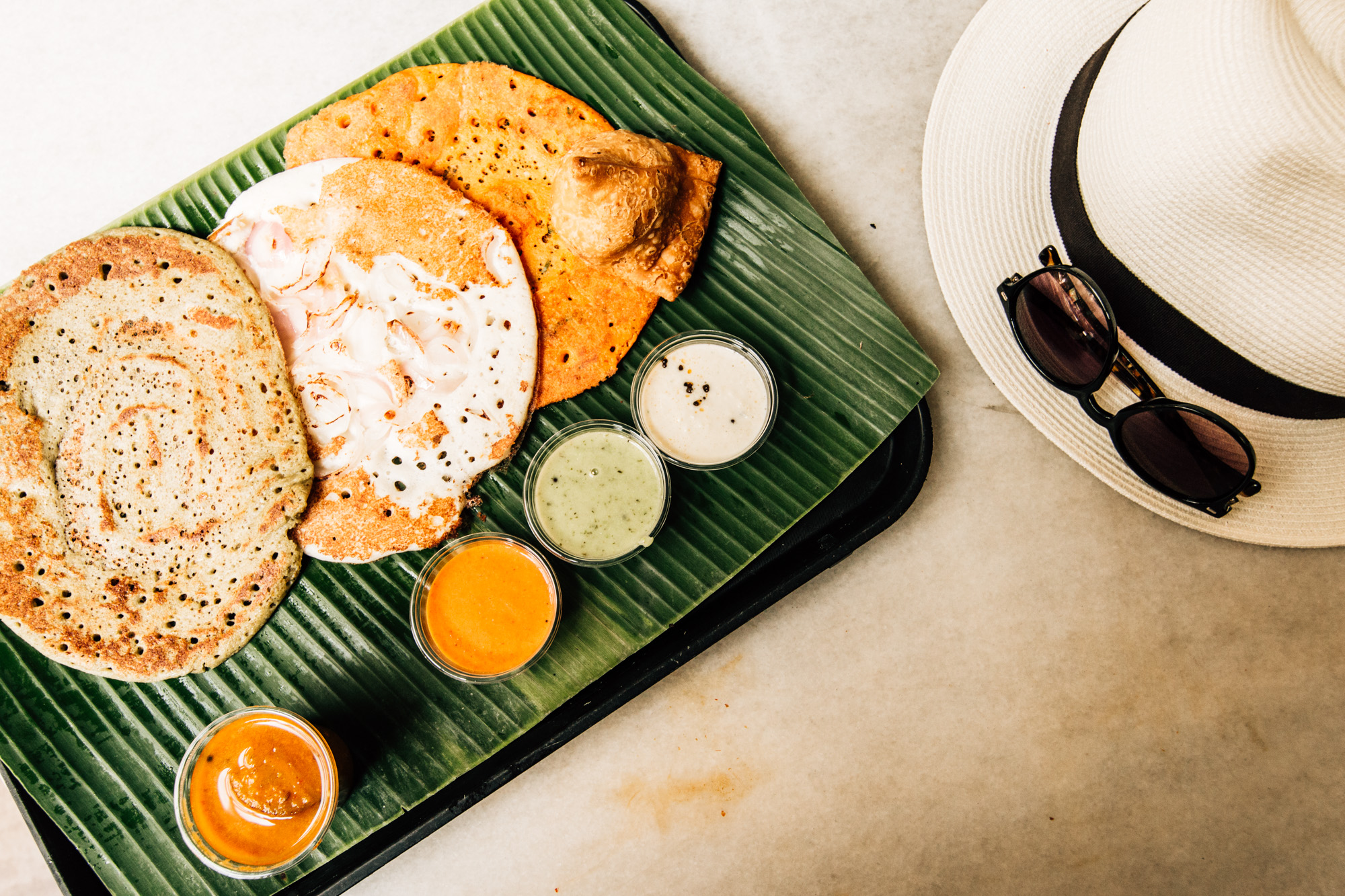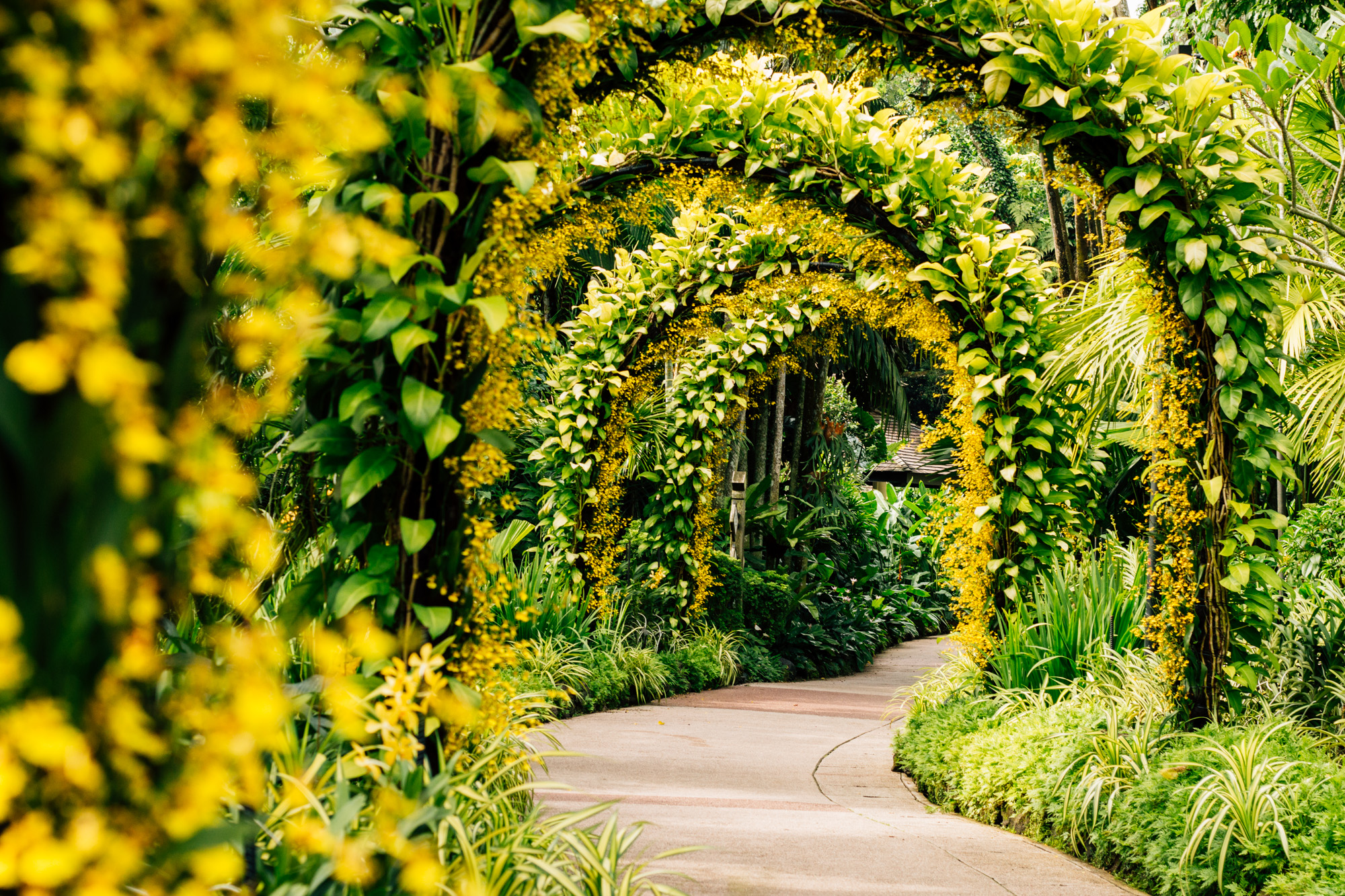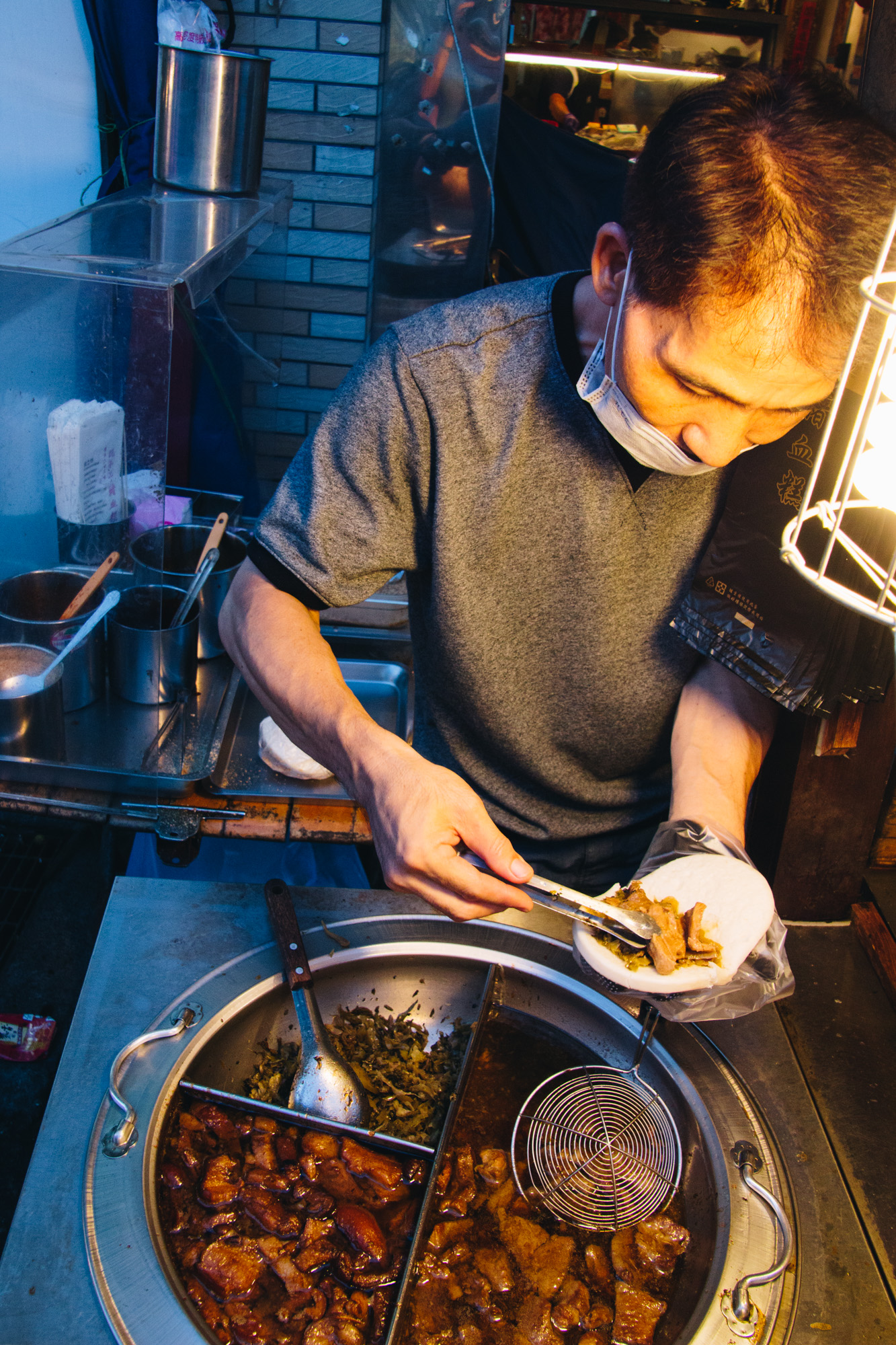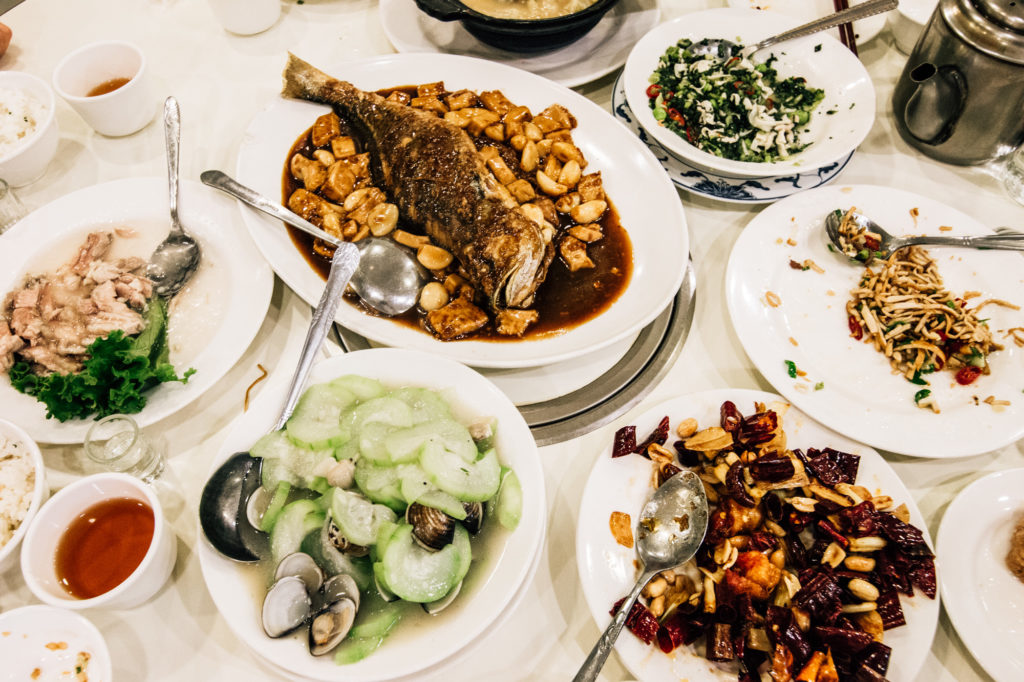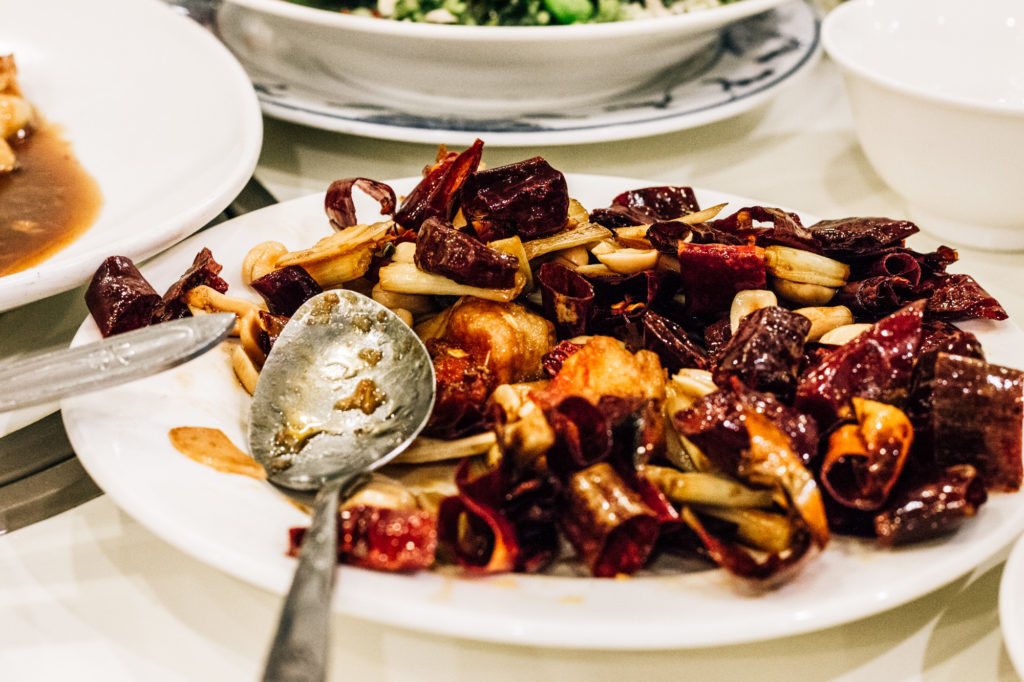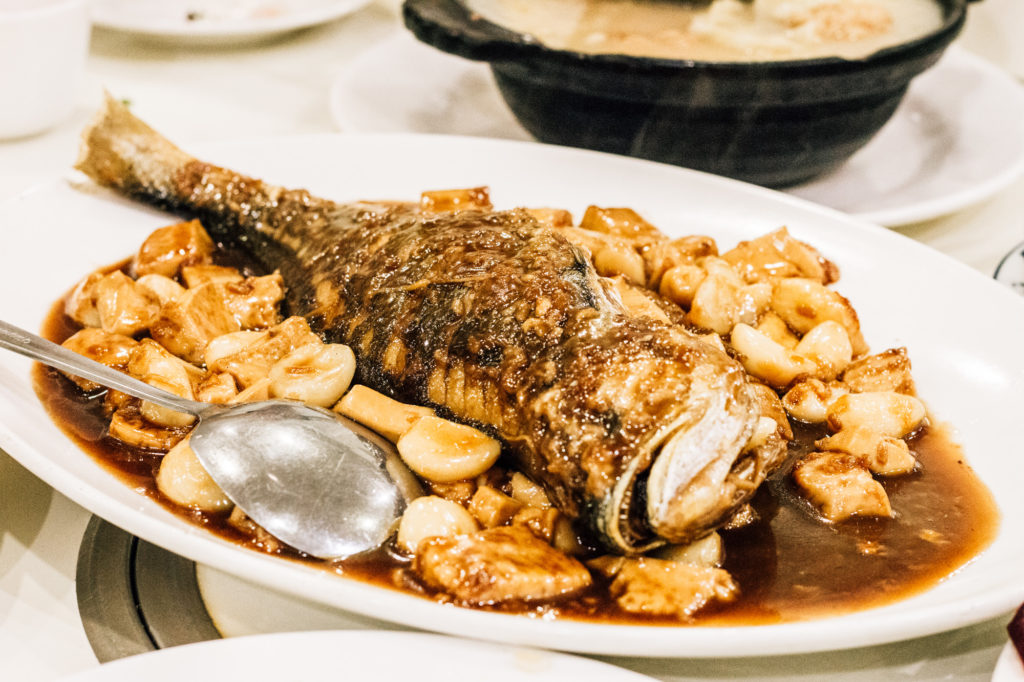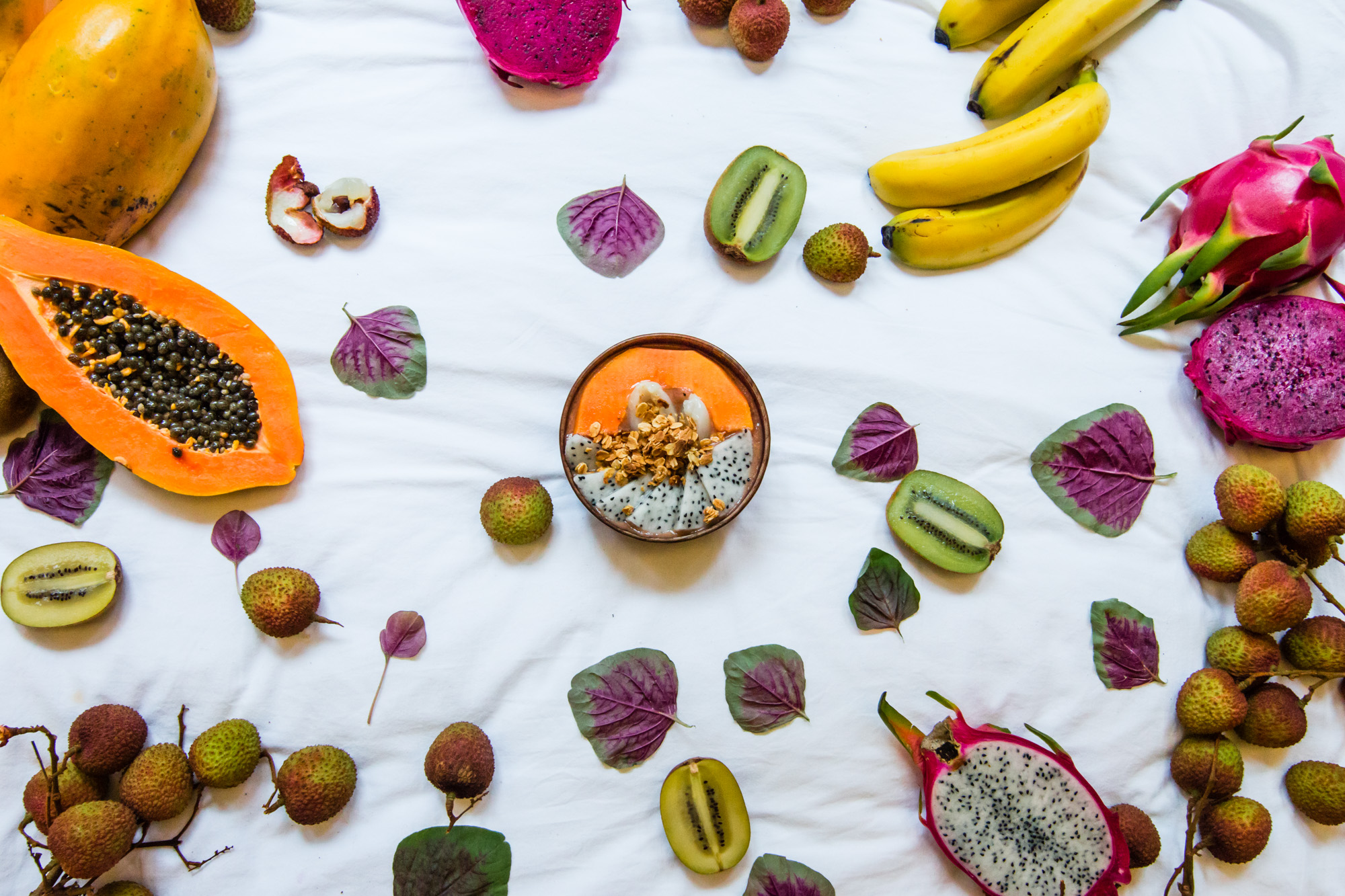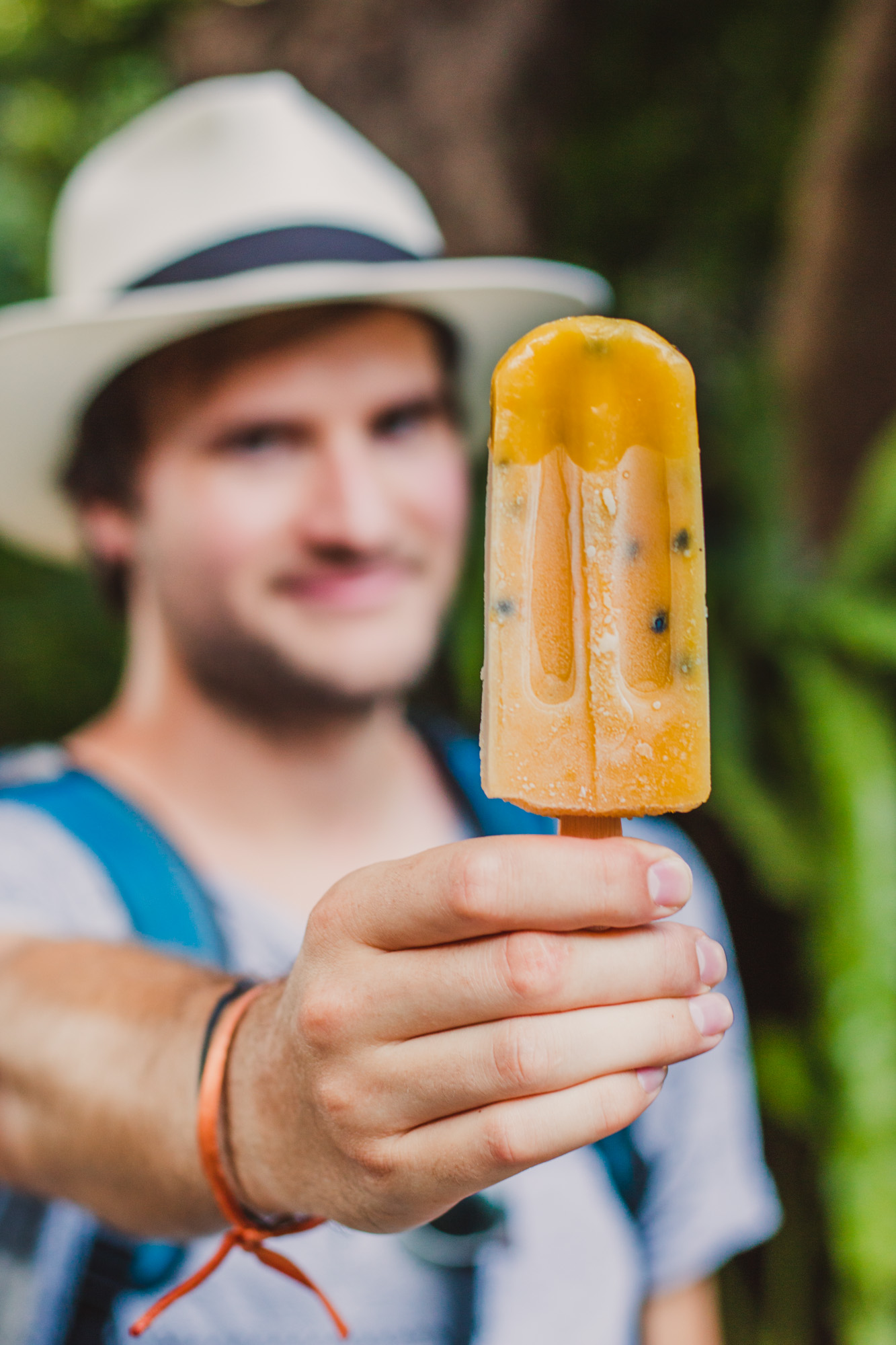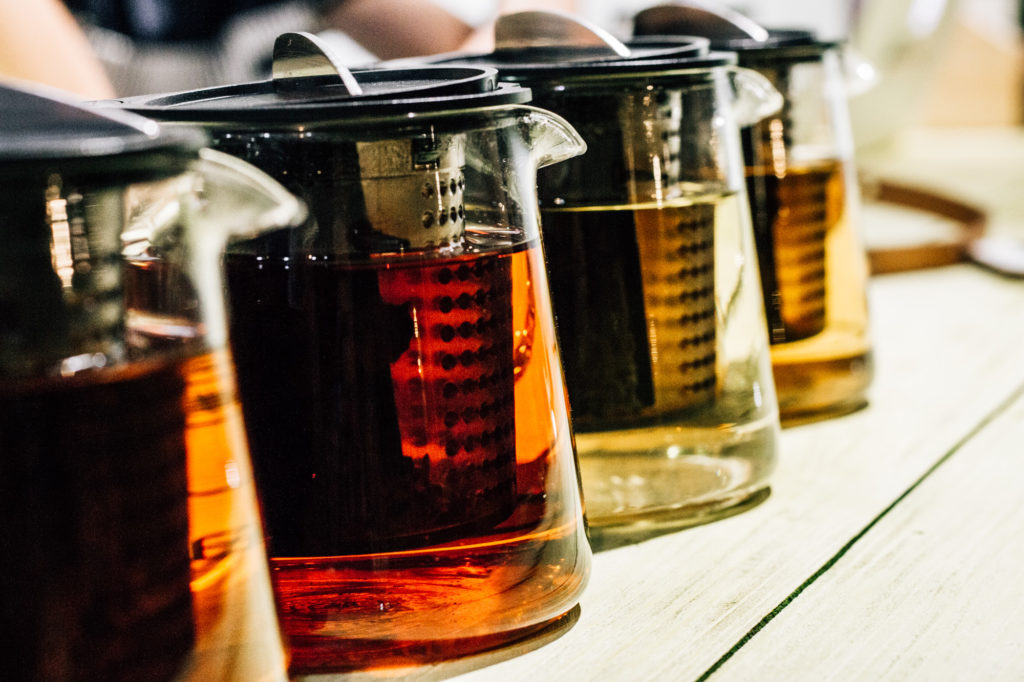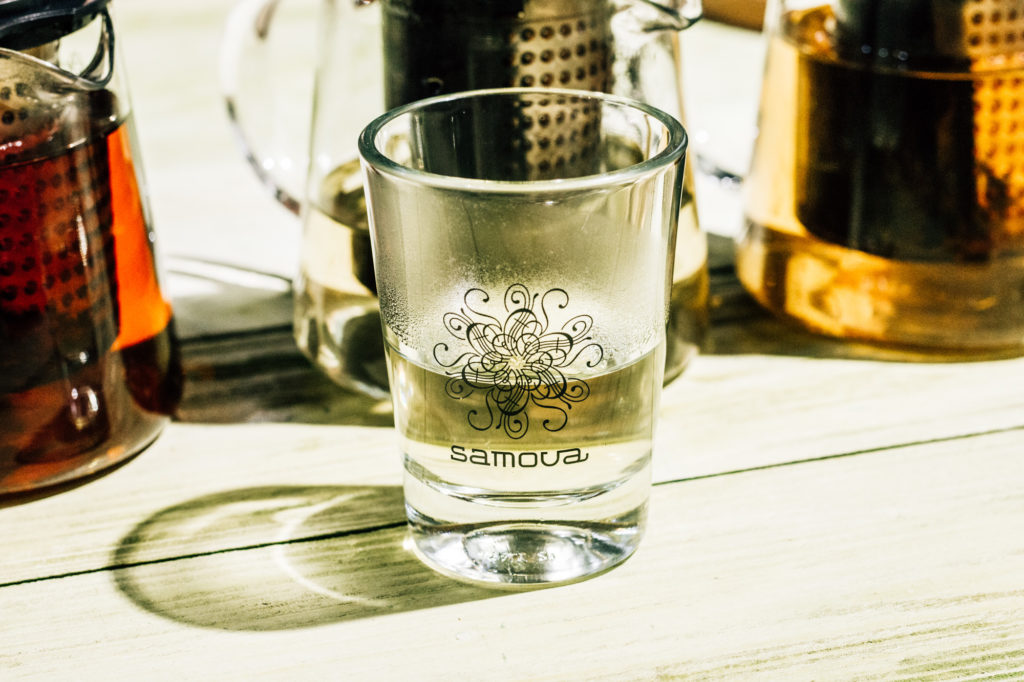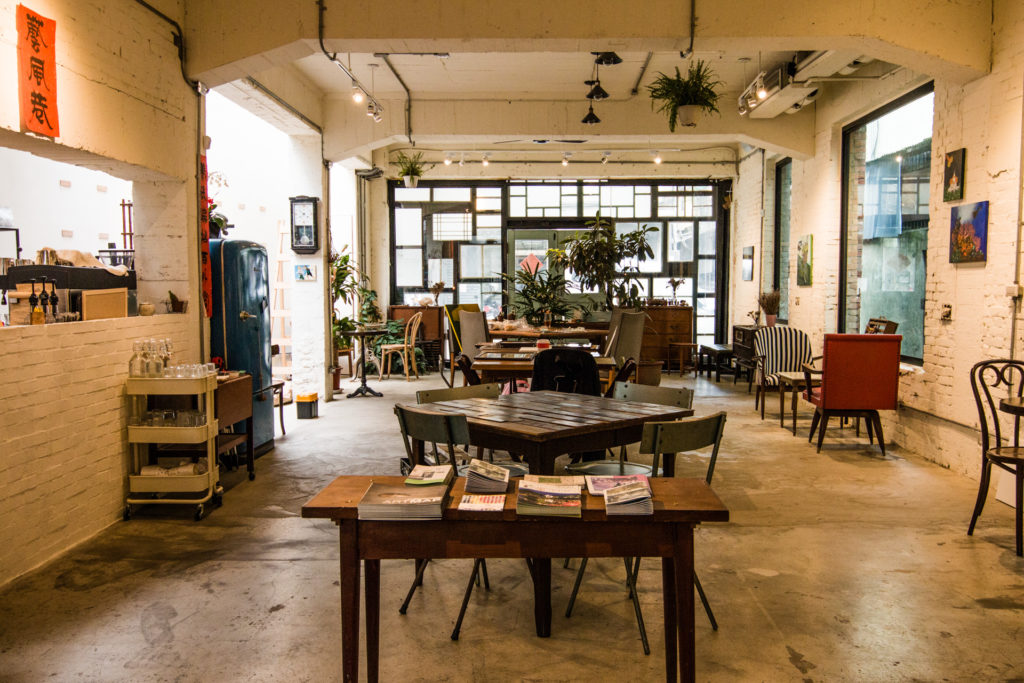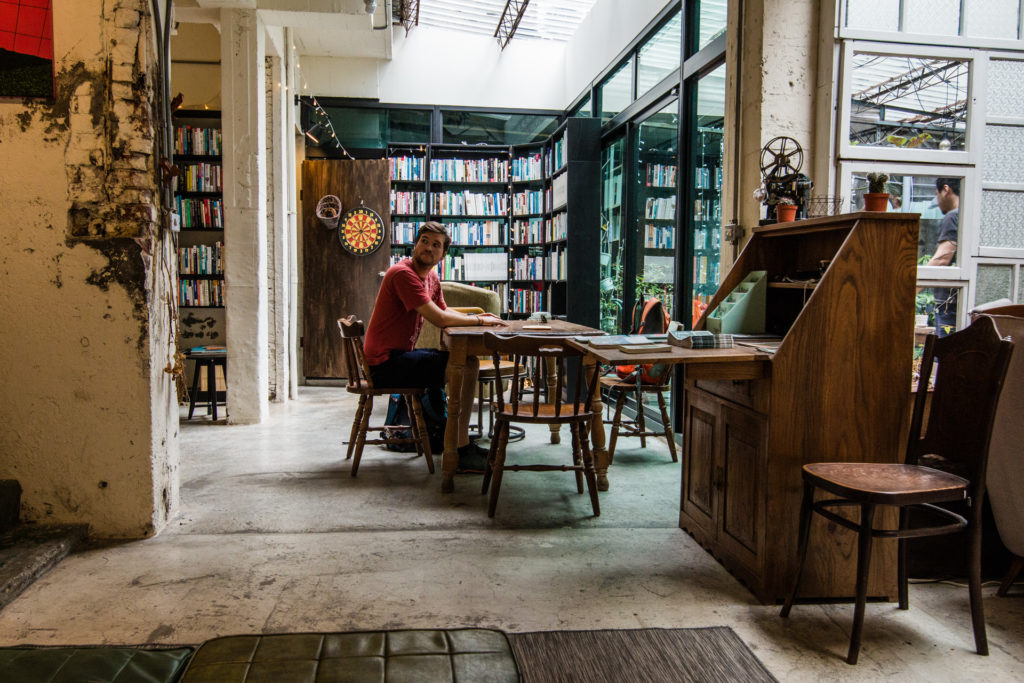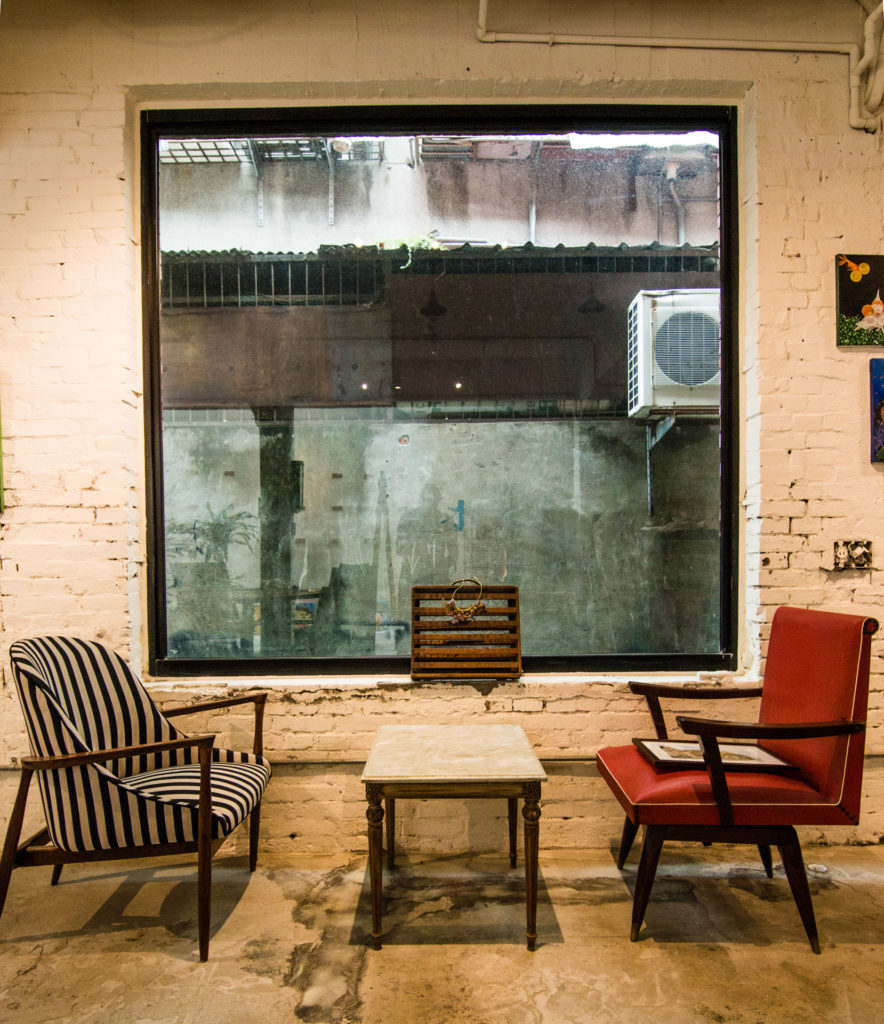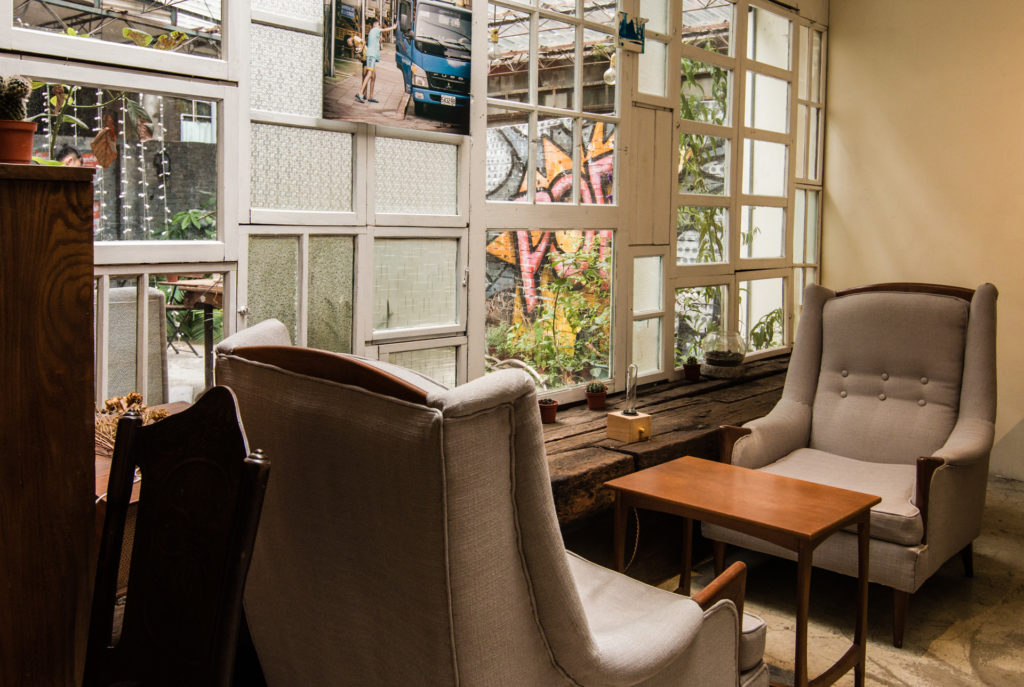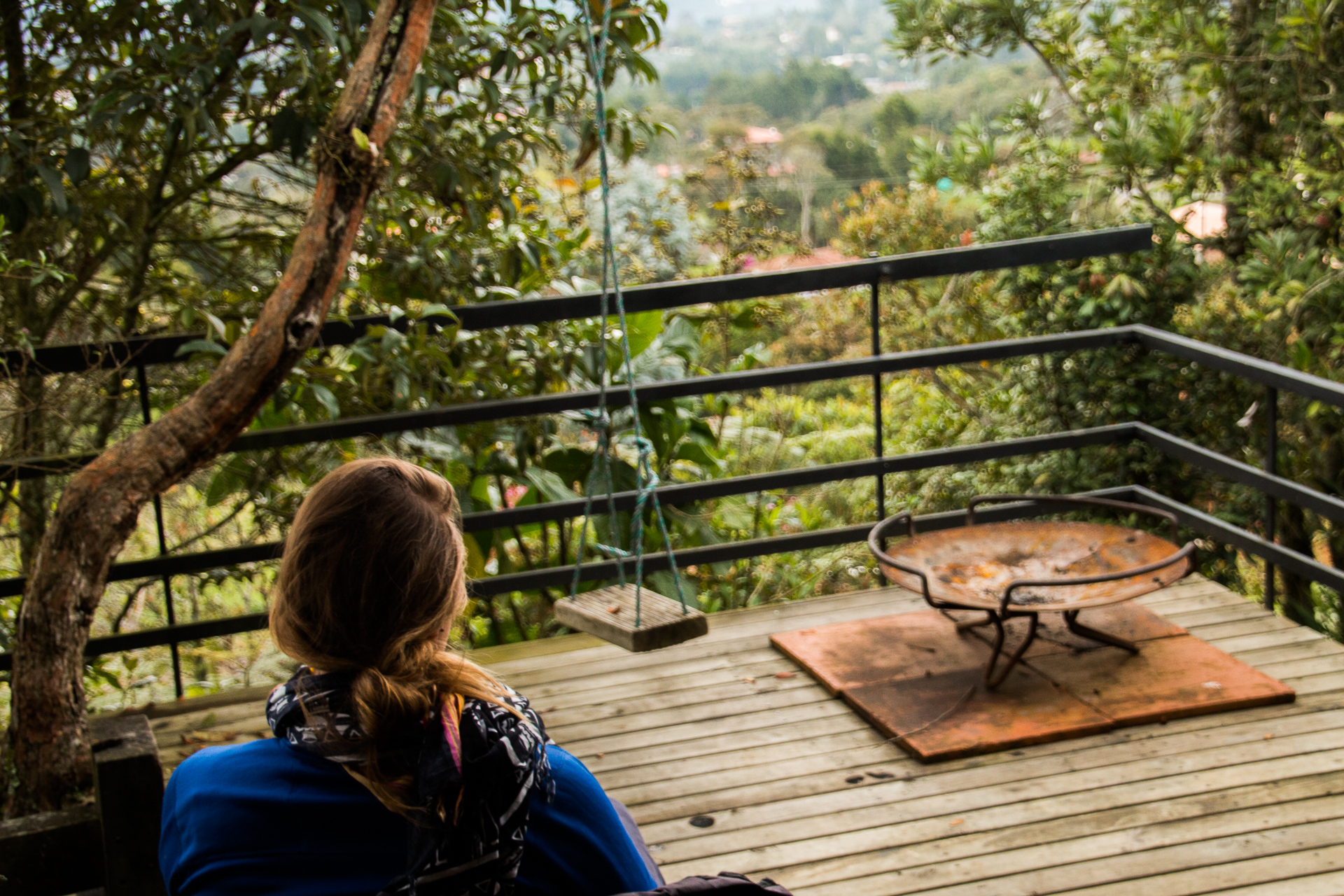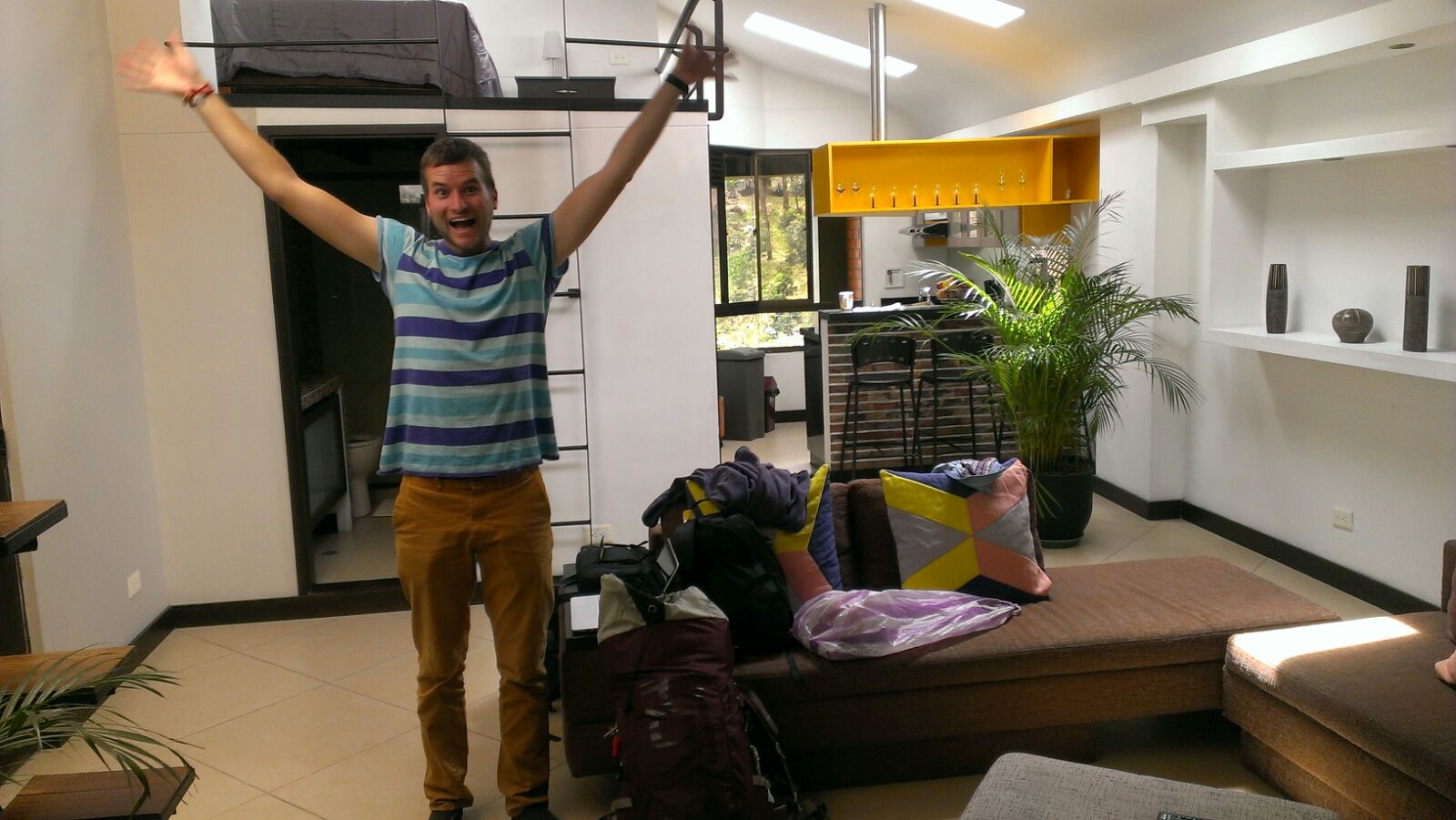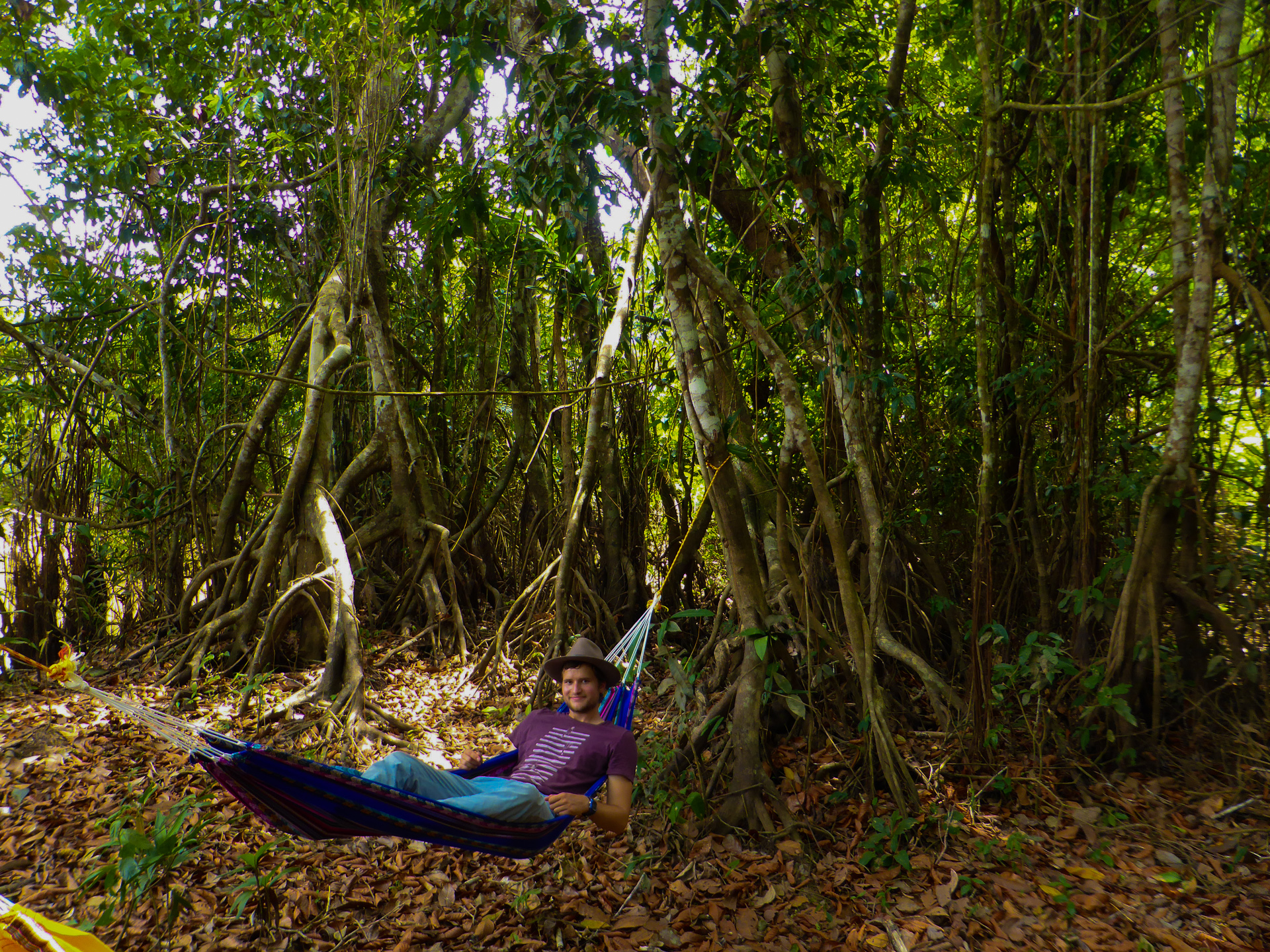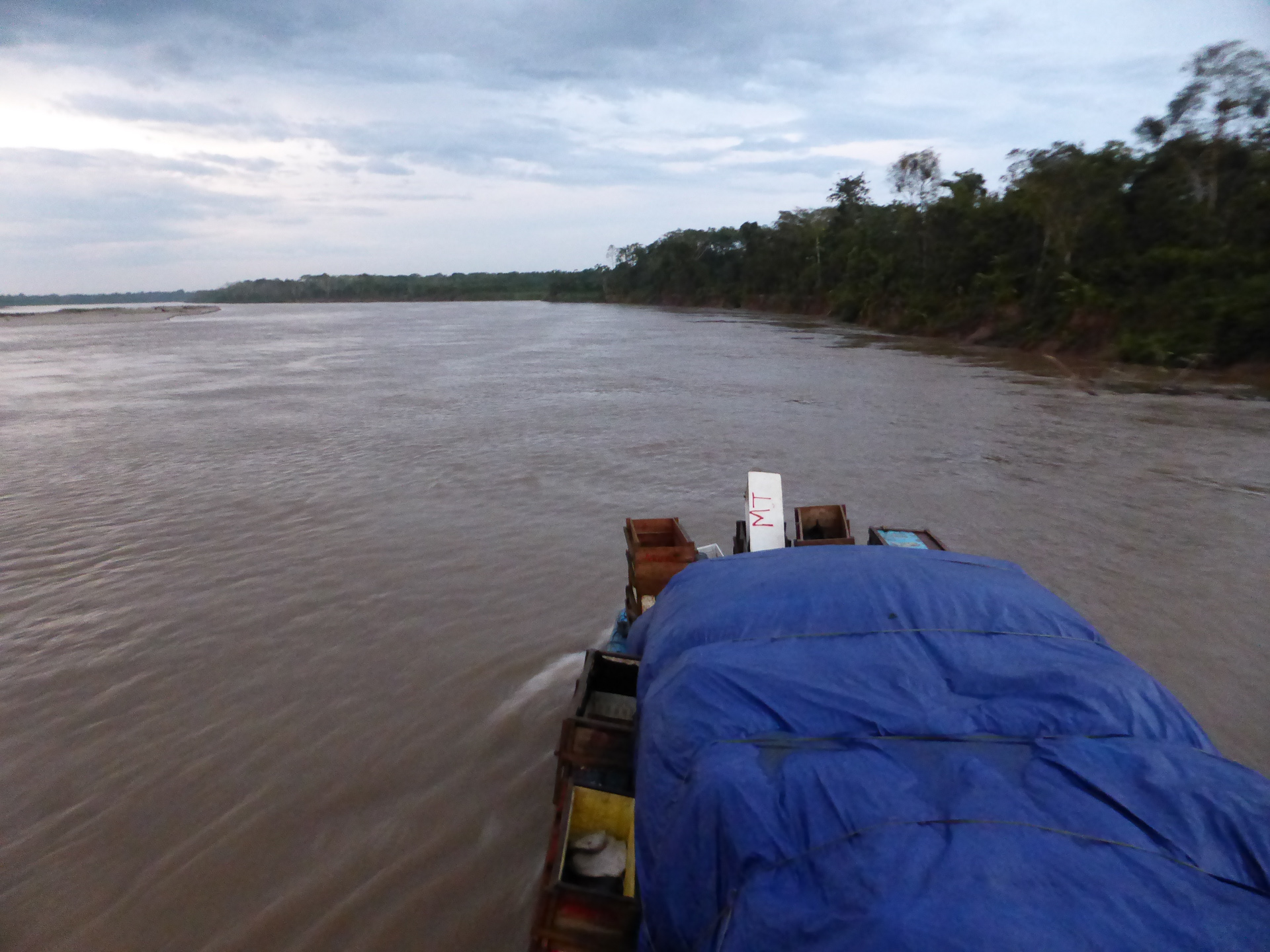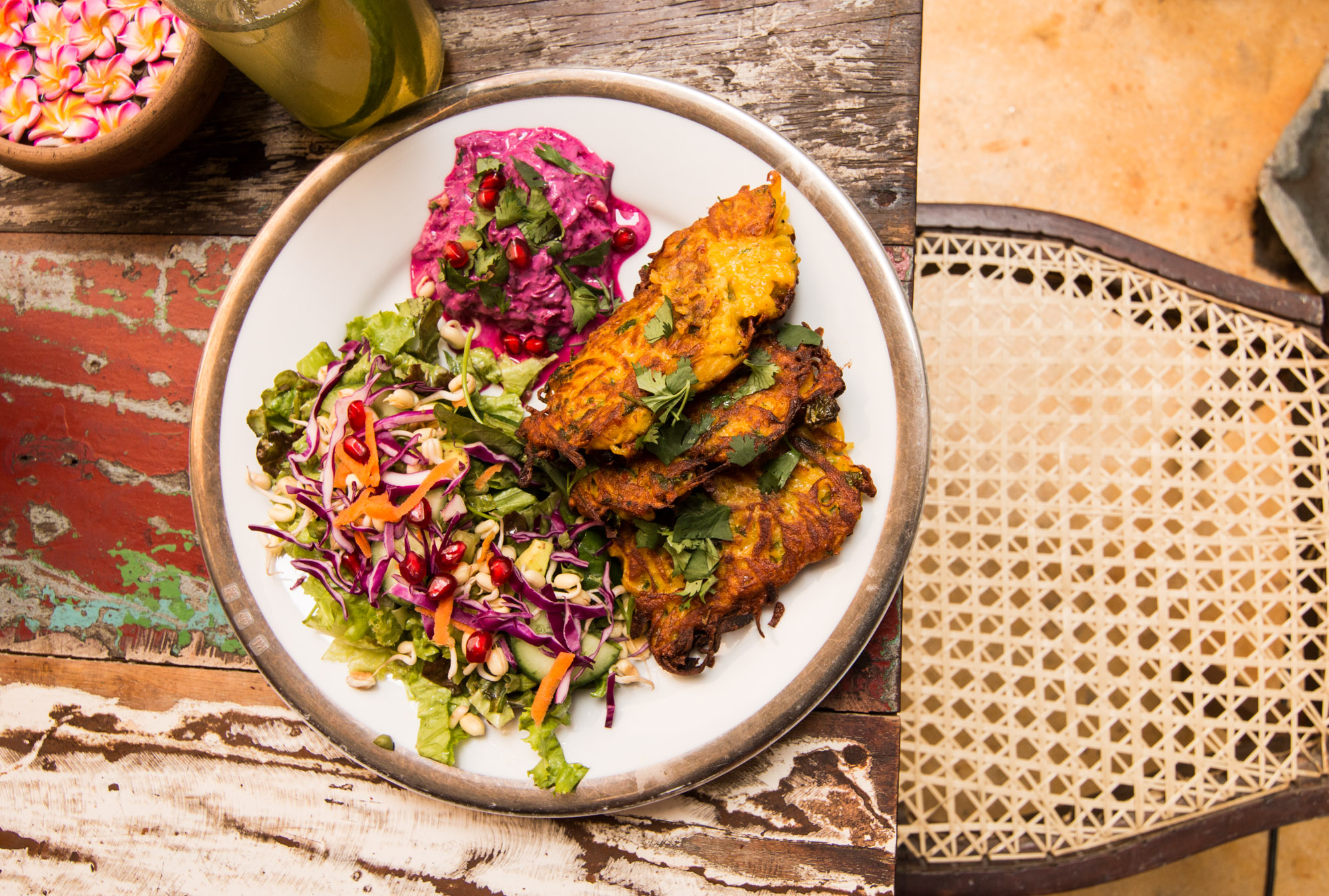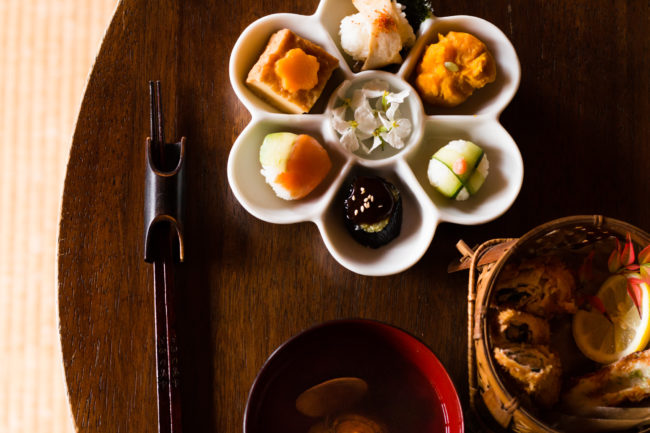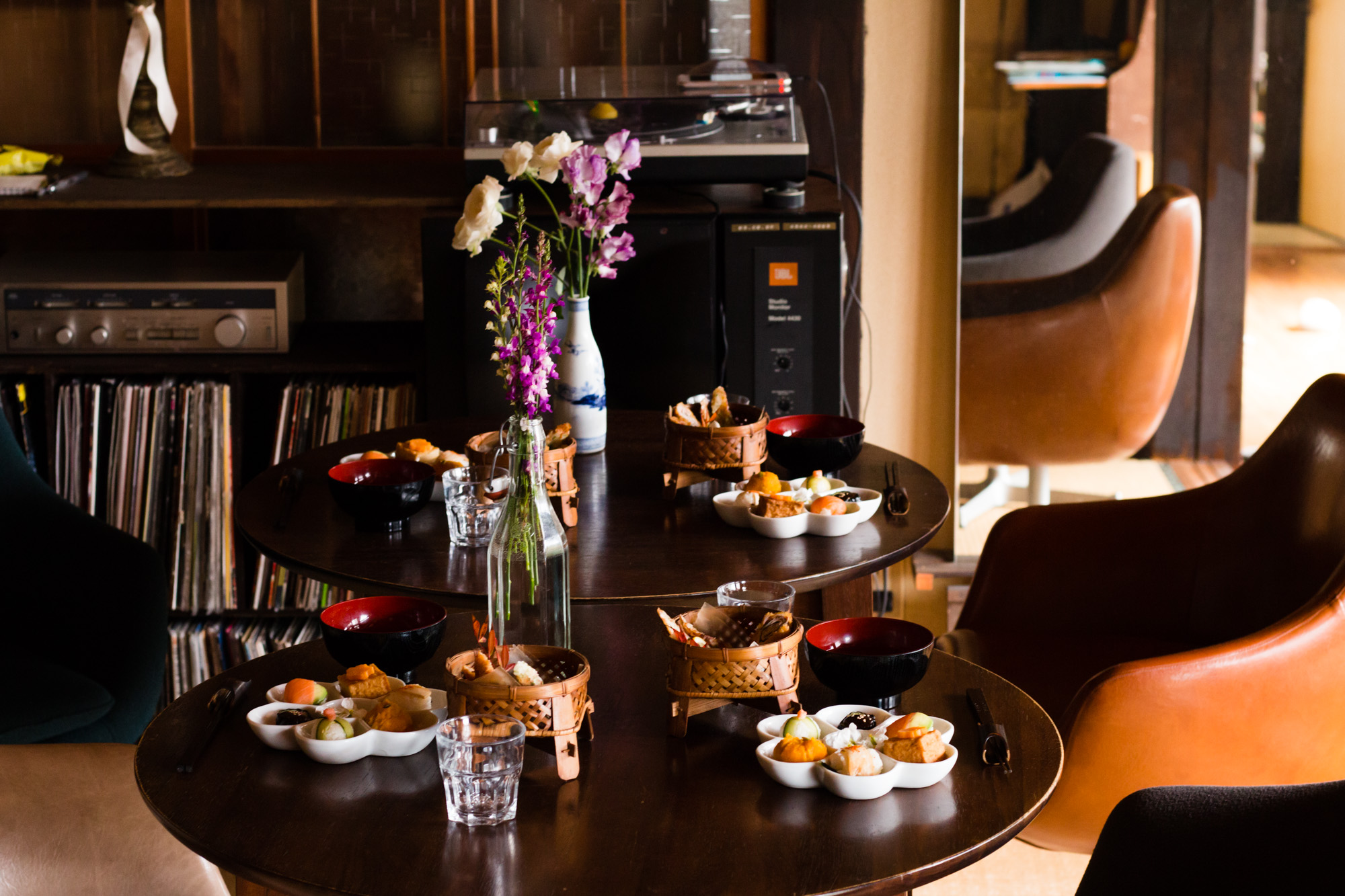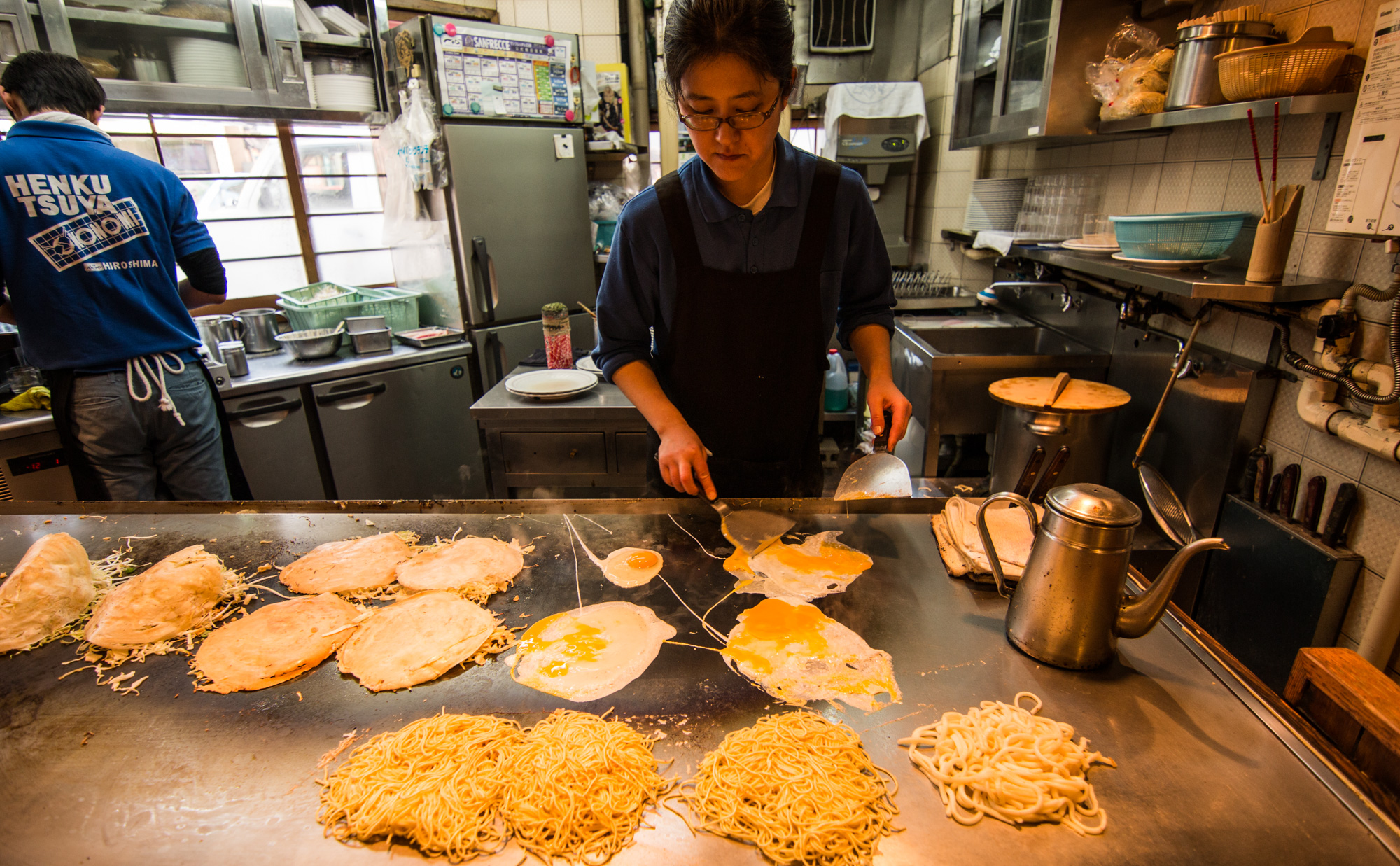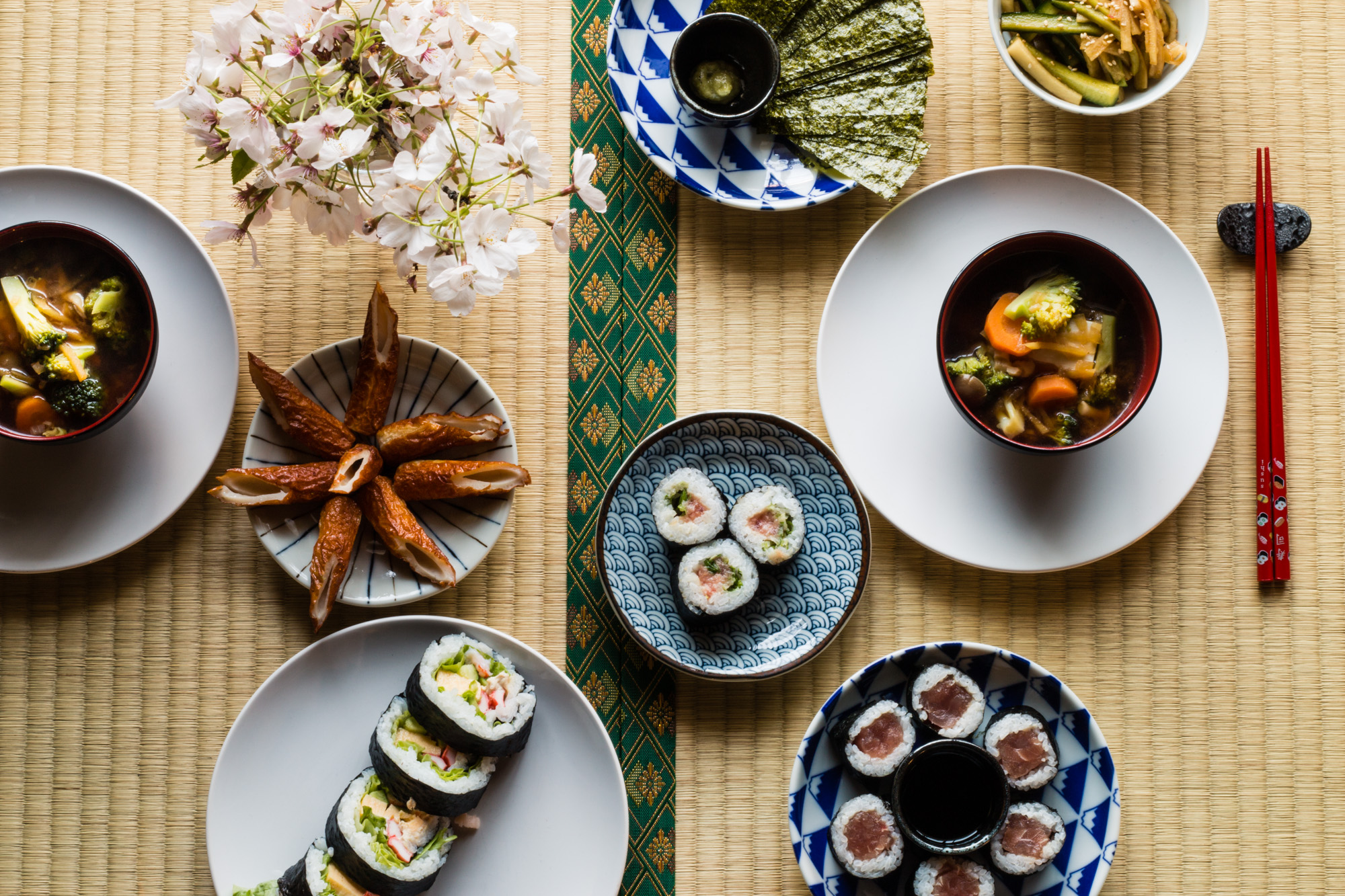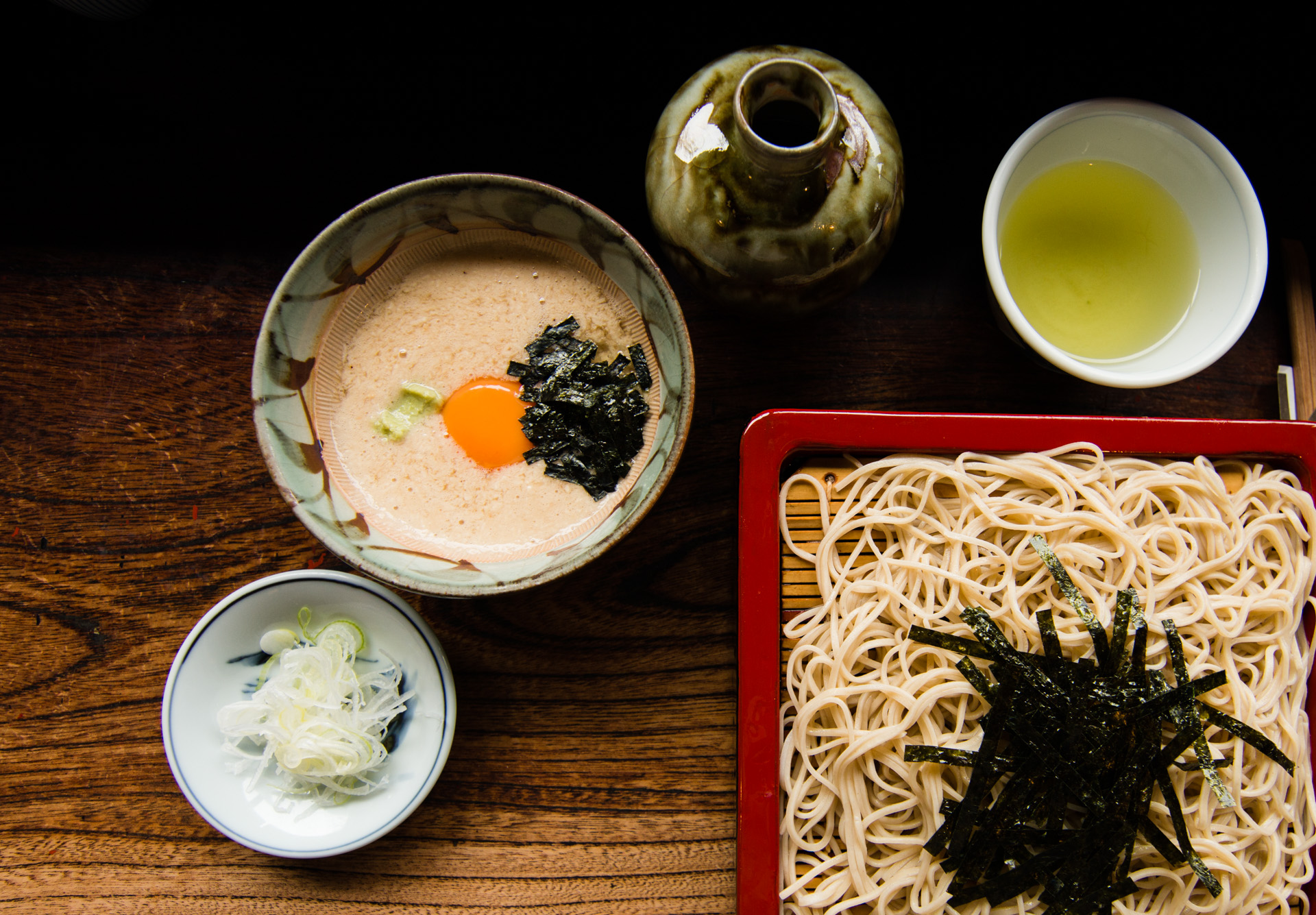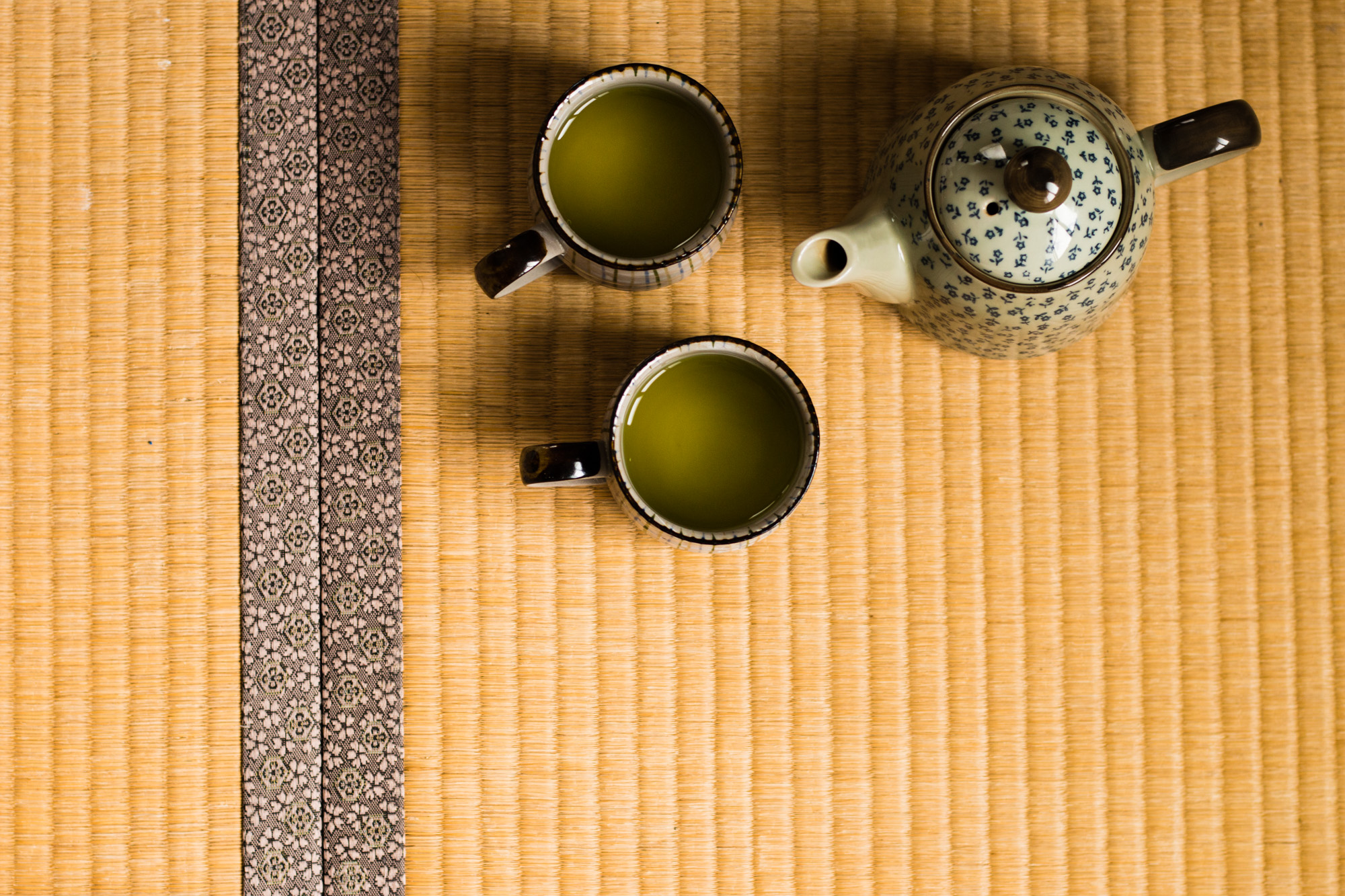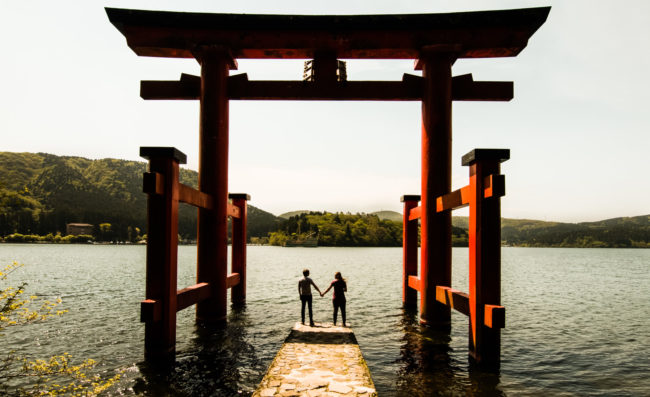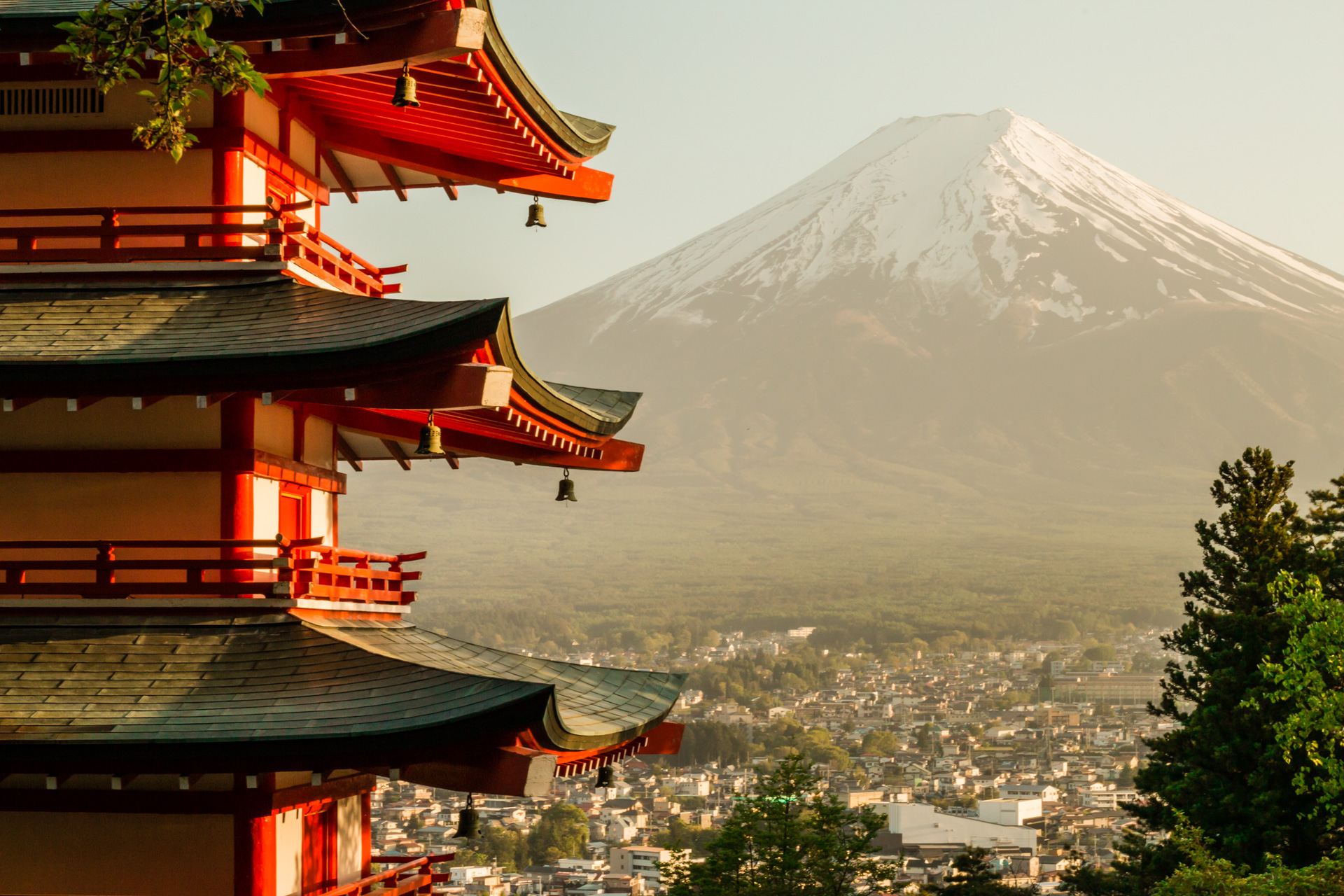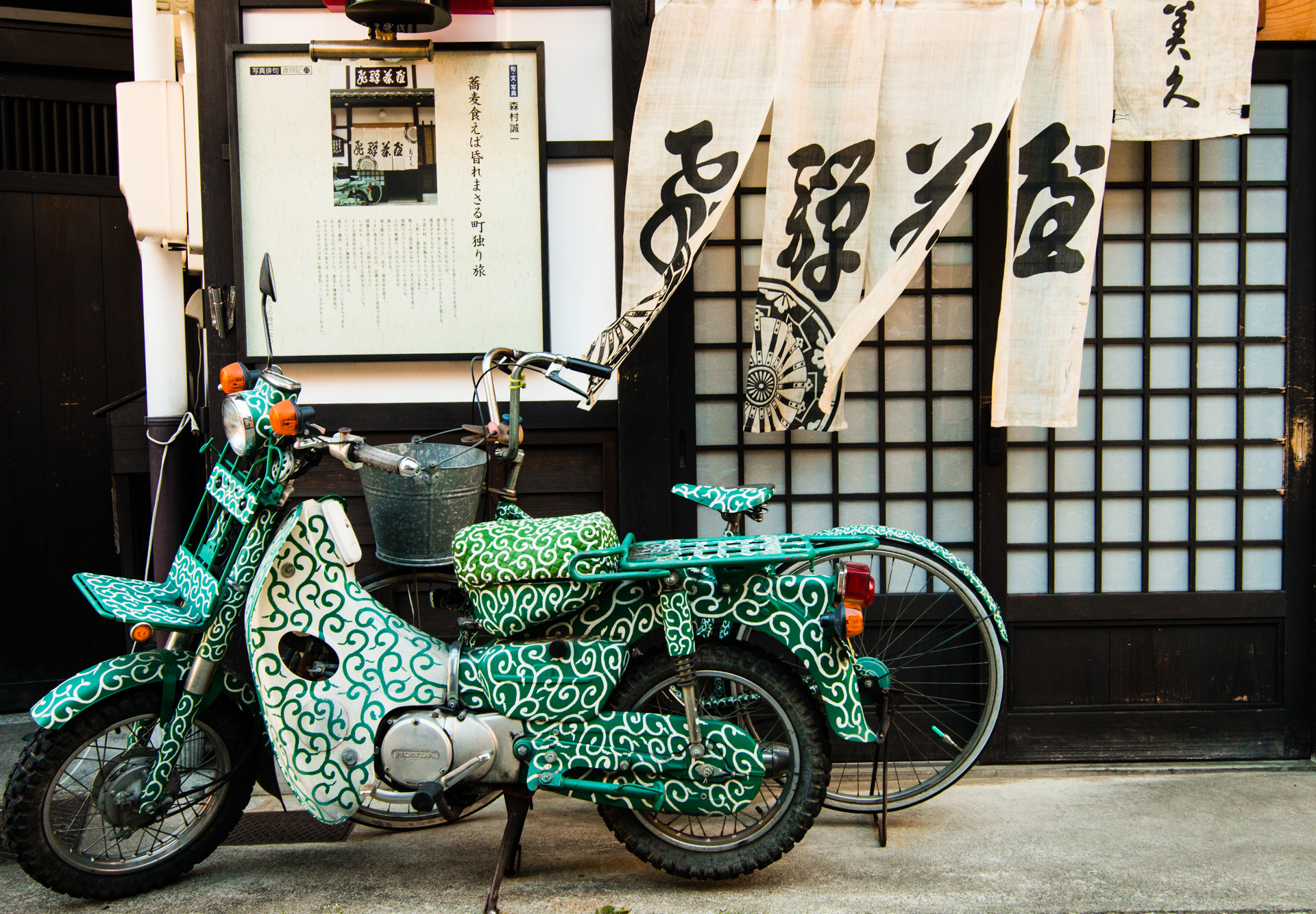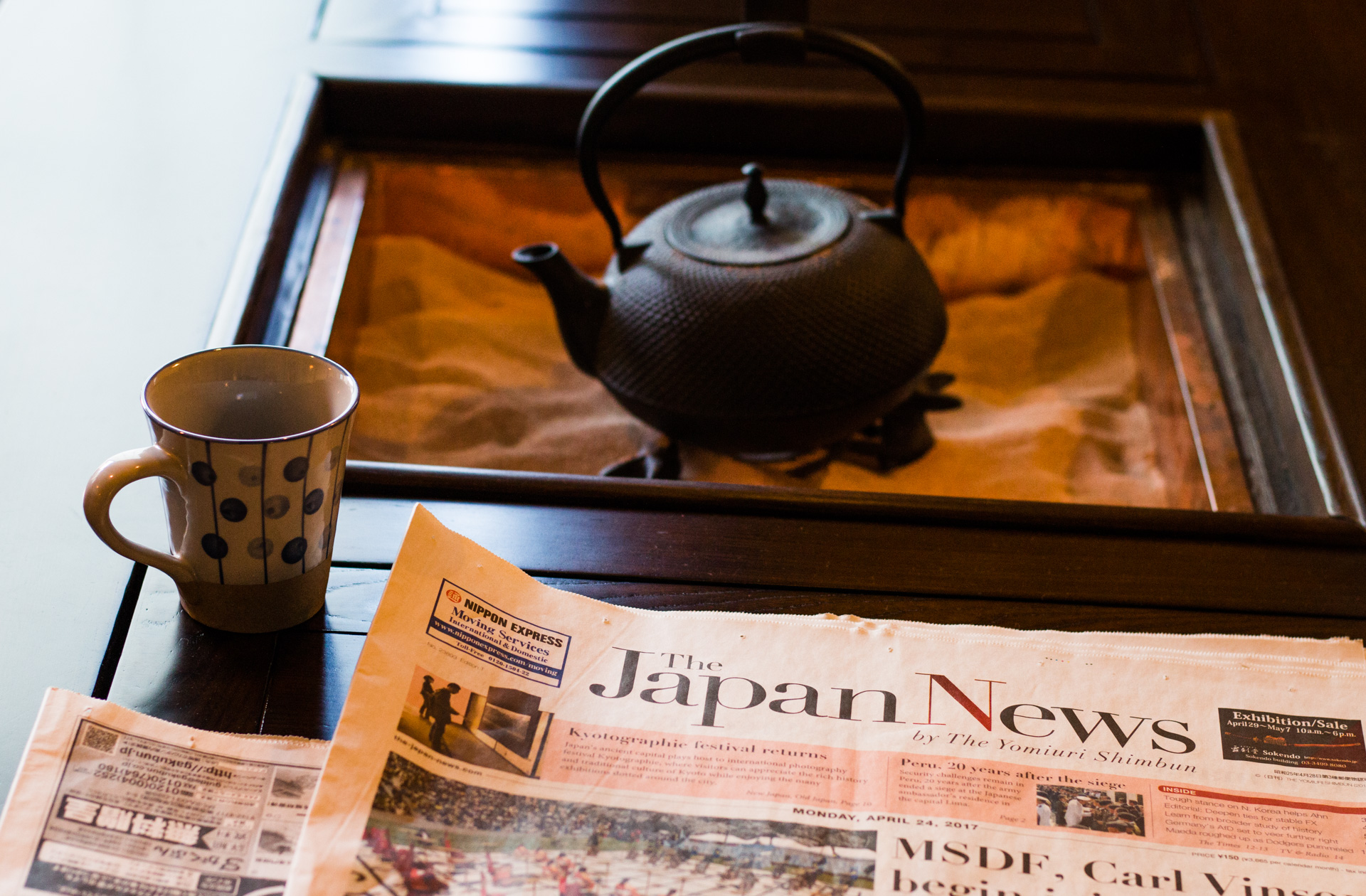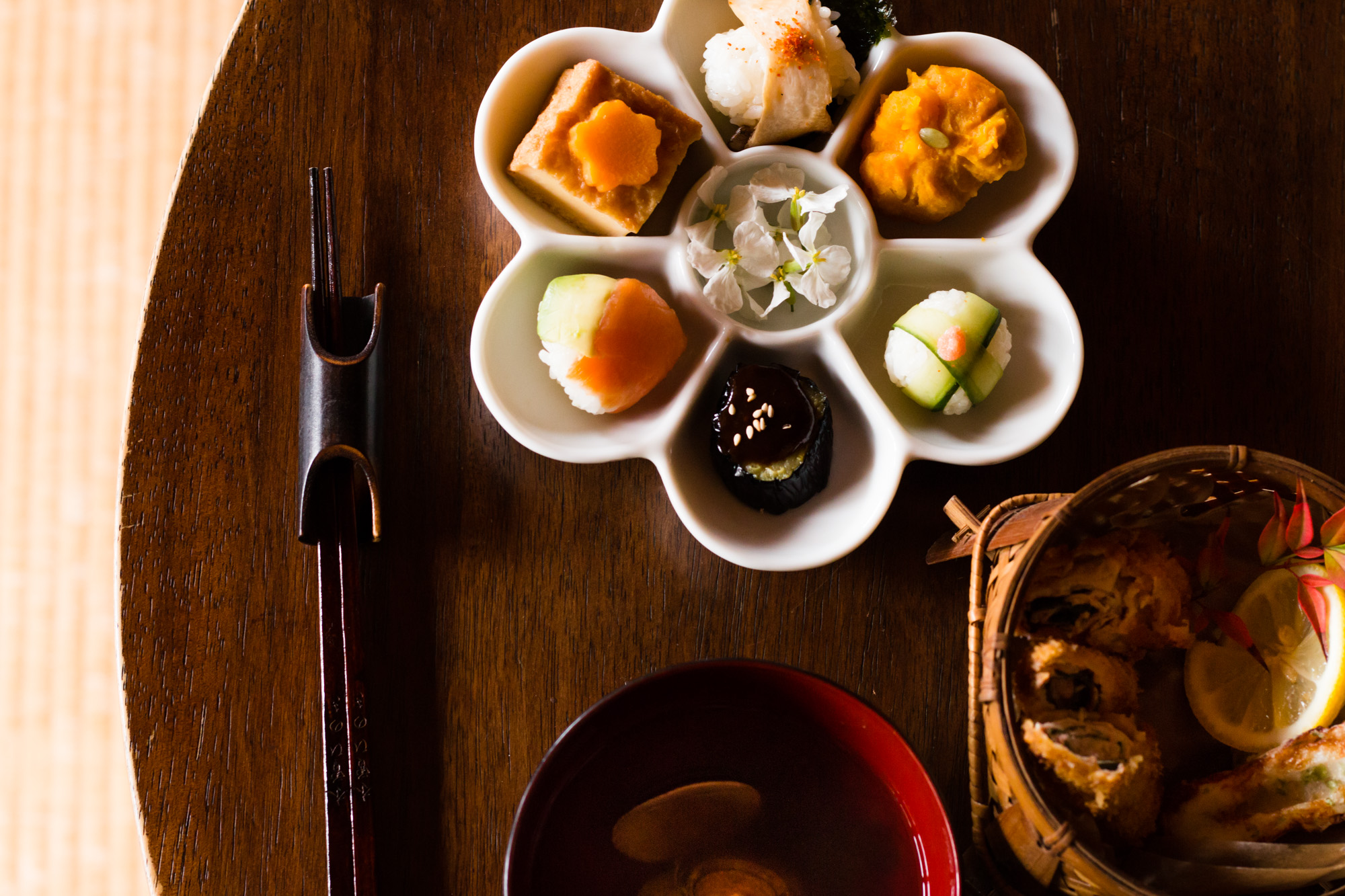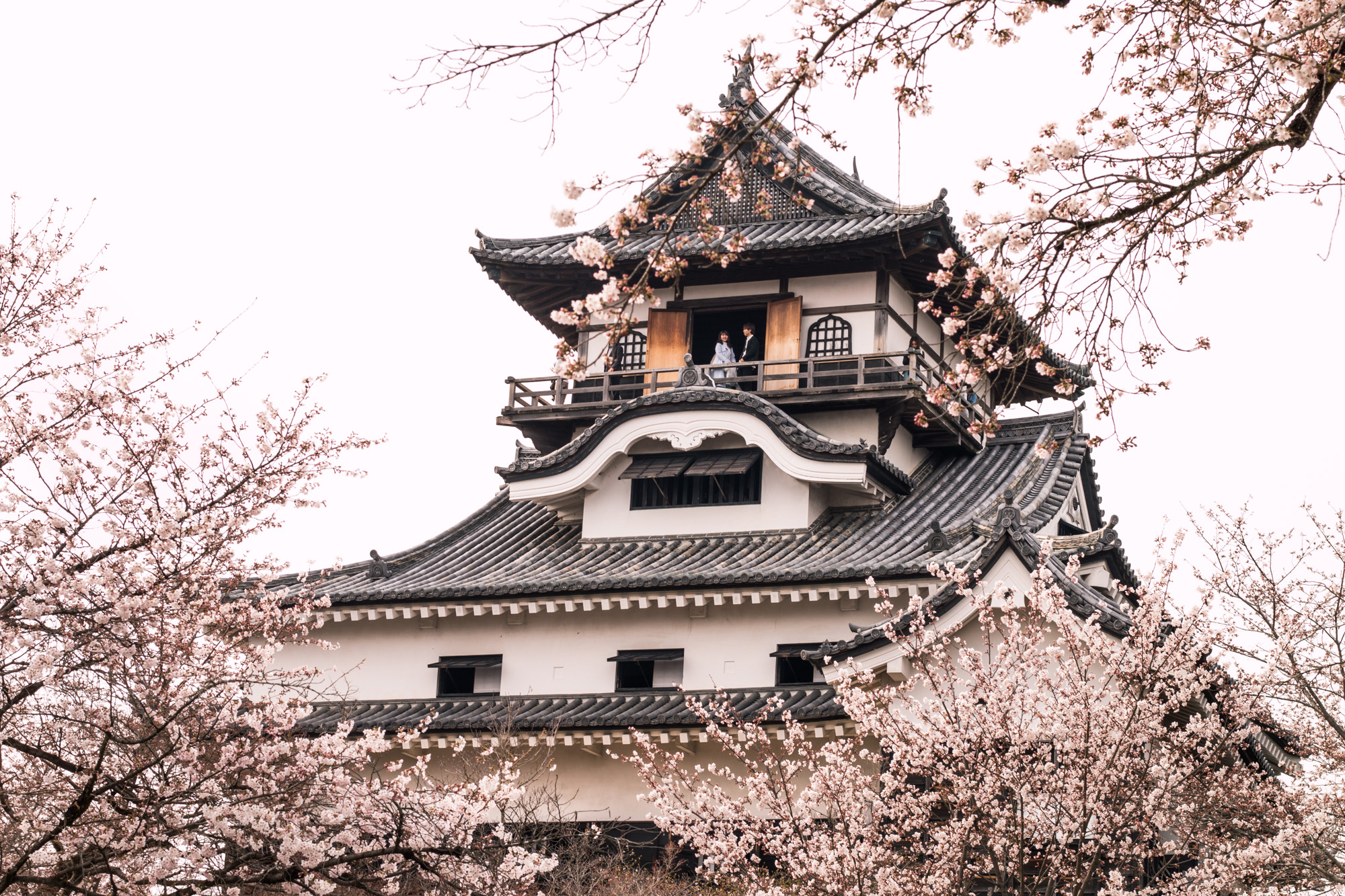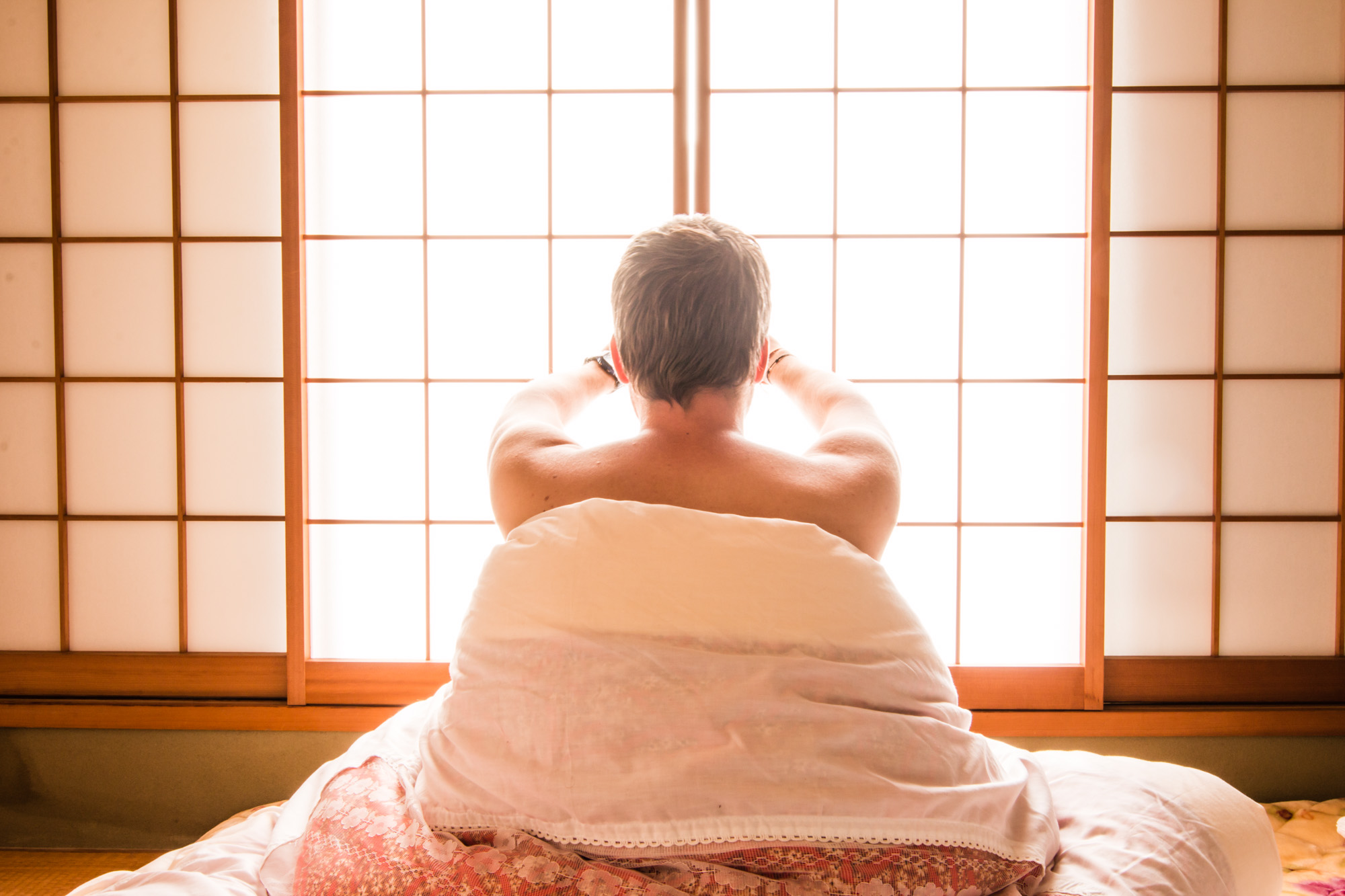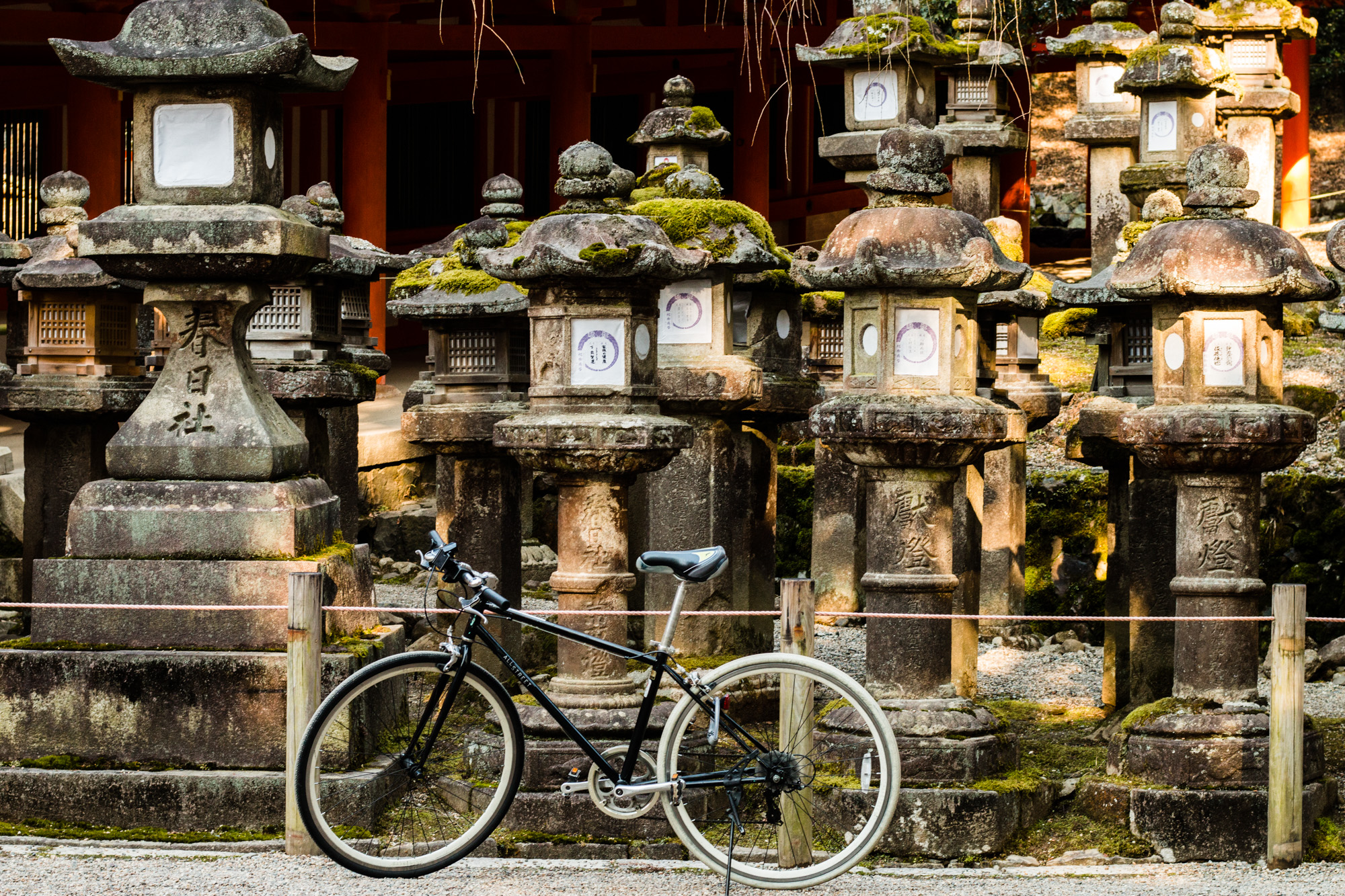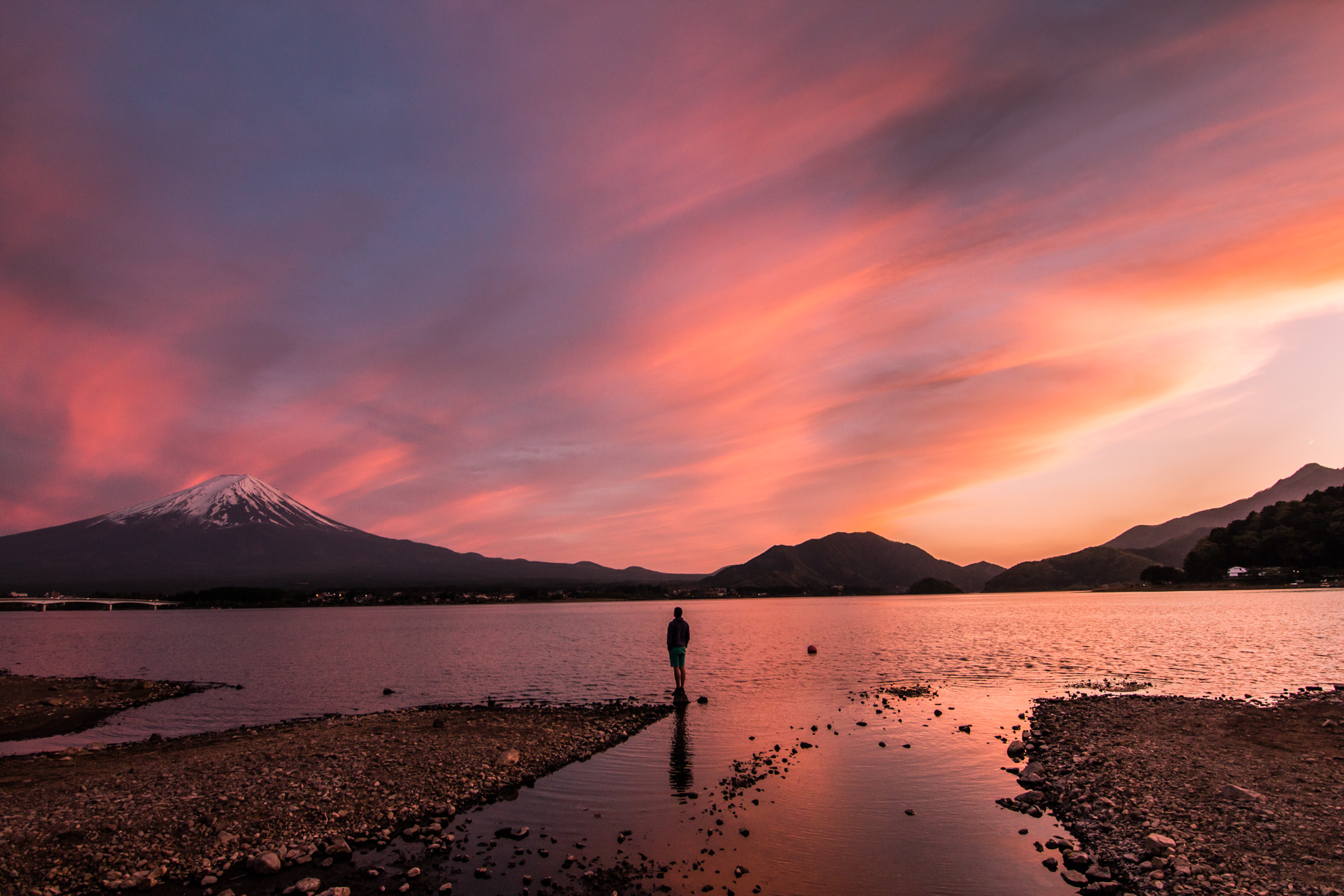Girona for many years was just a place near Barcelona where cheap flights were landing. Maybe because Jandirk is fascinated with Game of Thrones or maybe simply because we were searching for a nice day trip from Barcelona, we ended up going there AND LOVING IT!
Although it’s possible to visit the main sites in a day, I can imagine we could be walking around those little streets for days. Getting lost in the back alleys and finding our ways to the best restaurants. But well maybe next time. Below all the highlights that can’t be missed.
The Cathedral with its staircase
That’s where our day begun to avoid all the potential crowds and at 9 o’ clock we succeeded.
The Cathedral was built between the 11th and 18th century so as you can imagine it features many styles. Part of it is gothic, some Romanesque and some even baroque. For me the most spectacular part was the staircase leading to the church. The stairs (all 90 of them!) are wide, massive and provide plenty of space and interesting perspectives for beautiful pictures. At the bottom of it there is a charming, little square with cafes and as you climb up there are colorful houses on both sides and some terraces to enjoy the view.
Some of you might recognize the sight from the Game of Thrones TV show. I’ve never watched it but Jandirk reported to me all excited, that it looks pretty much like in the series.
Monastery of Sant Domenec
Another location from GoT. It looks a bit like the Cathedral but in mini-version. It also has a staircase leading to it and the same type of architecture. I absolutely loved the little street going to the left just before the stairs. It’s a perfect hideaway and the first step to explore…
…Girona’s old town’s streets and corners
The part that we love the most about cities like Girona is that there is an old town where most of the people gather around the main sites and there are plenty of tiny cobblestone streets, archways and passages where you can be all by yourself to soak up the beauty. Even though by the time we started diving into the forgotten alleys it was the late afternoon (read. the sites were packed) we were still alone and managed to find even more GoT locations. Which made JD truly ecstatic.
Don’t forget the bridges!
The old town of Girona is separated from the rest by Onyar River and to cross it there are 5 stunning bridges (in the center, 11 in total). We especially liked the Eiffel Bridge that was built around 1877. You can probably guess from the pictures and the name that it was designed by the same gentleman that created the Eiffel Tower in Paris.
The bridge itself is honestly quite a sight but the views from it are truly one of a kind. On both sides you can see the vivid facades of the riverside homes. The flags hanging from many of them will leave you in no doubt that it’s Catalonia you’re in, not Spain.
Another bridge that we loved was the Princess Bridge. It’s probably the most romantic one of them all and also from this one we got a great view of those colorful houses.
The last one that we would recommend to see is the Stone Bridge. It’s the biggest one and when we were there it had a lovely arts& crafts market. I don’t know if that’s a rule or just a temporary thing though so don’t get your hopes up.
Arabic bath
It’s a really tiny spot but for Game of Thrones’ fans it’s a big joy. Another location! I was not too impressed but JD was over the moon. And that for just 2 euros p.p. More info here.
TIP! Some of the GoT locations didn’t knock me off my feet so I didn’t include them as a must see on here but you can find them here and here.
Walking over the city walls
Passeig de la Muralla as they call it, it’s the best way to get a gorgeous panorama of the city with a backdrop on the distant Pyrenees. It shows you the old and the new harmoniously together. The oldest parts of the walls date back to the Roman times. I was shocked to read that the passage was in pretty good shape until the 19th century when the city started to expand… Thankfully nowadays it’s reconstructed and this 3 km walk is seamless again.
I would recommend to do it in the afternoon, if you come here in the summer, to avoid being exposed to the worst heat.
There are various entrances (all of them free). You can enter through Jardin de la Infancia or Jardines de la Francesa (those are close by the cathedral) or Jardines de John Lennon.
Ice cream time!!
Girona is practically a fine dining capital so to deny yourself at least that top notch ice cream would be a sin! That's what we told ourselves when on our way to Rocambolesc Gelateria.
This tiny shop with a massive queue stretching outside is the baby of Jordi Roca, the dessert chef at the three- star legendary restaurant El Celler de Can Roca… where we wouldn’t be able to eat because of a months of fully booked waiting list and a potentially ruining receipt coming with the experience.
However the ice cream place is a more affordable option to try some wicked flavors… and shapes 🙂
The prices start at 2.5 euro for a “normal looking” sorbet ice cream like bloody mary, gin tonic, mojito or pina colada. The more twisted the shape and flavor the more expensive it gets. Rose water and strawberry ice cream in the shape of a nose costs 4 euro, chocolate, raspberry and yogurt “birthday cake” is 5.50 euro. There is also a Lord Vader, a bear, a hand (GoT 😉 ) and God knows what comes next 🙂
If you don’t get a chance to visit that shop, where it all started, you still can enjoy the same flavors at one of their other shops in Barcelona, Madrid or Alicante.
Sangria or two at the Independence Square
This 19th century square is a perfect place to end your day in Girona. It’s full of life, nice cafes and restaurants. Every building surrounding it has a nice passage with arches and plenty of tables to hide away from the sun.
